THE HIMALAYA SESSIONS PIANIST LOST: BOAT SONGS
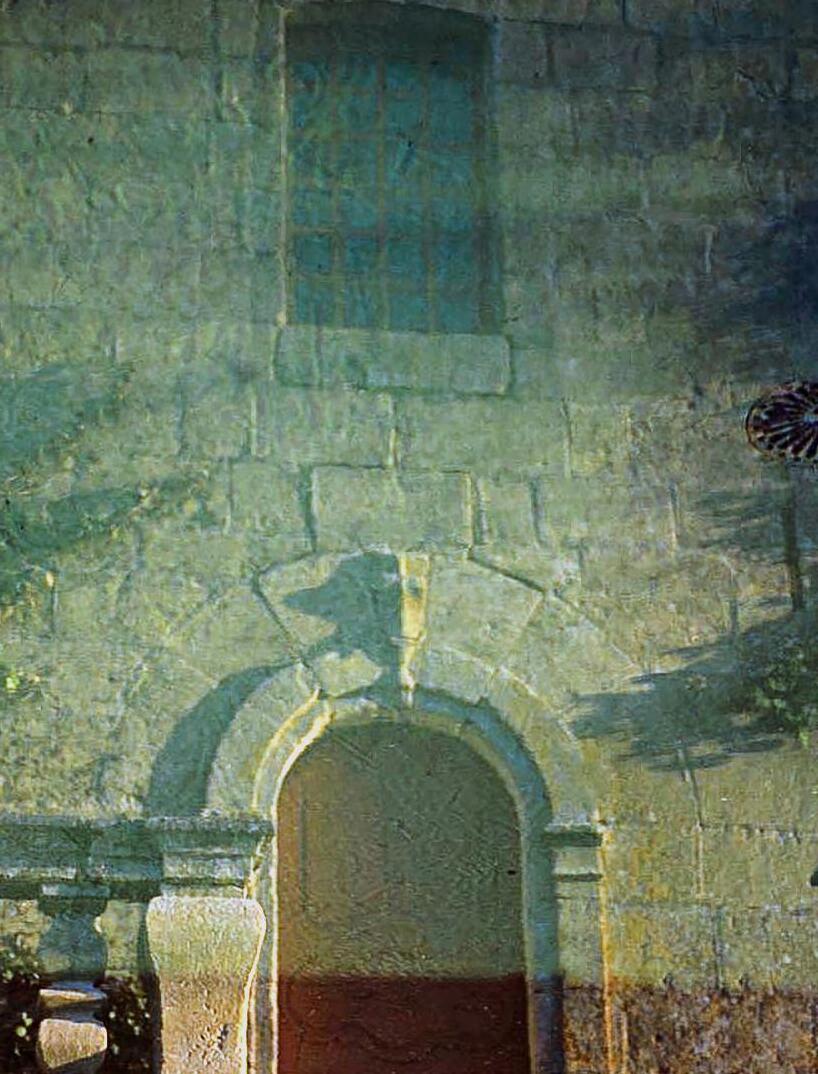
VOLUME III



VOLUME III

O linden bough, O leaves, Teach us your intervals: Our strings are strung so false . .
We poor drowning species, frozen between the axes of planets, between day and night, both anchored and pulled apart by magnetism, between the dark tilt of equators, precessing nodes, which shift our calendar dates due to minor orbital wobbles, rising waters, where the clouds are upside down in the waves, in the visible and hidden colors, in heard and unhearable sounds, in our discordant race to the edges, cut off from deeper music by white noise, immersed in dog paddles while around us cathedrals rise—us, inheritors of wrong notes, of an unmetered sky, of monstrous mistakes: what can we offer to the harmony of worlds but our own imitations; how would we talk to trees but through their own sounds, by making pictures of streams and songs of leaves broken into cries for mercy? Save us, heal us, we have seen the fire in the sun and heard the rain on the water and we have made it into mirrors, to hold in front
of rustlings in the woods, so the shifty gods who shuffle in their seats will finally listen, will hear the monstrance before silence overwhelms them. We desperate, useless, unemployed skalds croon these kennings for you, to save mermaids from the colorless depths, where there is no warmth, no end.
Music is frozen sky, pulled down to ground like lightning out of rhyming magnetism and cosmic lights; water is that same sky thawed, cut open, released on earth, notes turned from air into molecules weighed with rain. As clouds unleash vaporized sea on the desperate land, music rains its ends on our aimless oceans. As oceans vaporize into clouds which then congeal into cosmic rivers, frequencies weigh on our tossing sleep until they drop into the troposphere of notes. Vast cosmic forms are thus translated into graspable norms. The unholdable realm of hydrogen and oxygen becomes a repeatable event you can inhale.
We tame our worlds by describing them. We mimic wind in the trees, cars in traffic, demagogues. But as the world grows more distant, the urge to define the elements of our existence has faded, or the presence of those elements has been eclipsed by frequency, by circuitry, by the repetitive on and off of synthesized solar storms.
There was a quieter world 150 years ago where gondolas, fountains, waves, rain in gutters were a link to the music of the spheres, where the lap and swash of harbor tides was an onomatopoeia of betrayal and love, where canals and rivers channeled the sounds of oceans, while today we have the swash of jets, the surf of roads, the breeze of ducts, the thunder of subways, machines on top of machines, an overworld of
honks that mock the geese in the sky. A sprinkler no longer spews wonders. The moment has passed, deadened by bombs.
And this our life, exempt from human haunt, Finds tongues in trees, books in the running brooks, Sermons in stones, and good in everything.
—William Shakespeare, As You Like It, II, i, 17–19
Monet painted without his glasses to capture the poetry of blurred colors, the way he saw them. Maybe we are far enough away from the myopia of Impressionism to reconsider the transistorized rebound of ripples against piers, the symmetries between sand and silicon as sea fuses on a glassy shore, the cantor sets of increasingly smaller mirror images that recede into infinity as waves echo waves, as sonogram echoes map unborn hearts: new ways of listening to the smallest parts of the world late at night, after the engines of the Krell shut down. We can revisit the ricochet of the natural world off our metallic cars, hear Java scripts in the boredom of downpours, modern comfort in the compiled languages of hail, the Armageddon of a faucet which urban linguists must master on their way to the floating world, masked in plastic abnormalities. The old answers to new plagues come from recipes locked in swamps. Holy men surf in sewers, the way Tamino must undergo our human systems to unlock the magic flute’s redemptive keys.
We futurists from ancient countries offer these glyphs to calm the daily seas, to muffle grown grief in grade-school snow, to cover rainy solar roofs with film noir nights, to rock the rental barque in the comfortable sway of tides caught in passing from the other side of the chessboard.
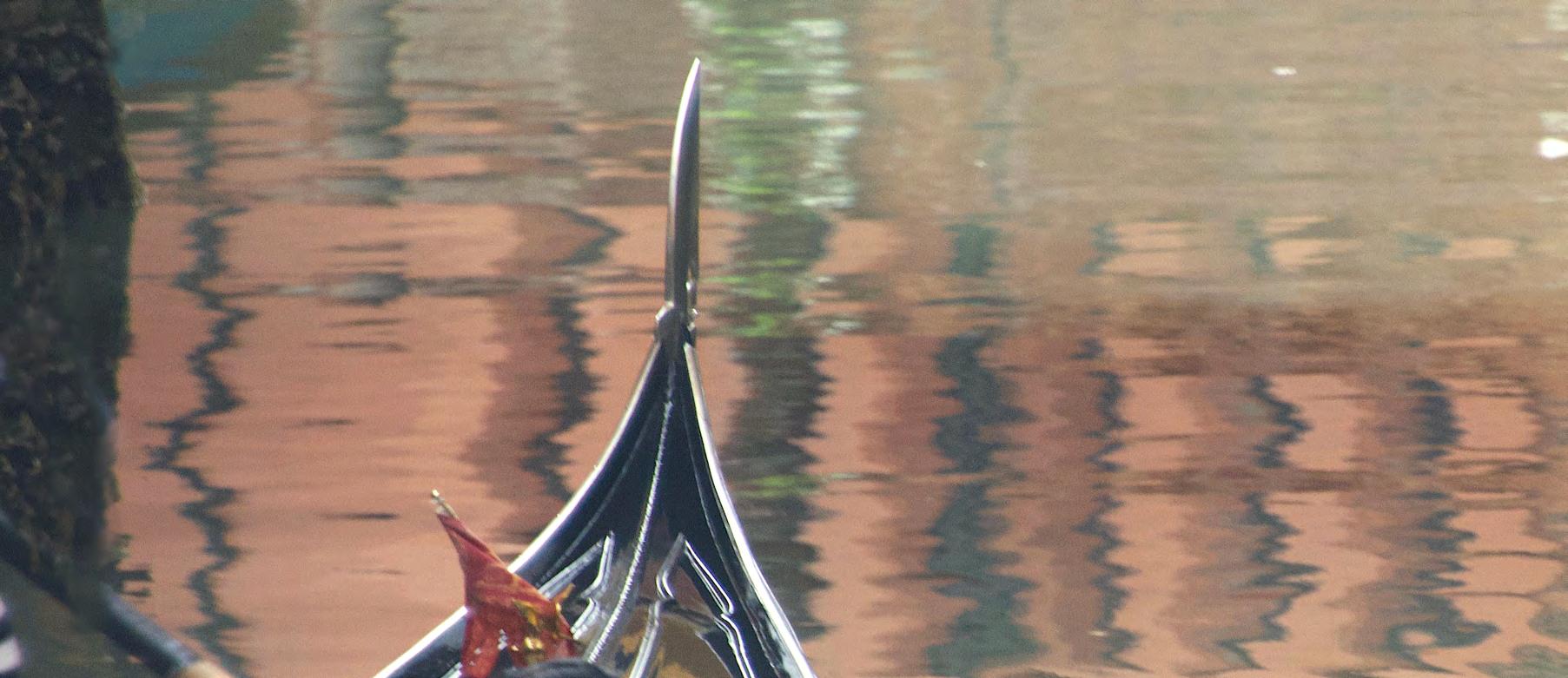
1. Mikhail Glinka—Peter Halstead: “Barcarolle,” G Major (1847) edition Urtext Könemann Music Budapest 7:46
2. Claude Debussy: “Jardins sous la pluie” from Estampes, E Minor (1903) 3:38
3. Franz Liszt: “Jeux d’eau à la Villa d’Este,” from Troisième année, Années de pèlerinage, B Minor (1877) 10:29
4. Franz Liszt: Légende No. 2: “St. François de Paule ‘marchant sur les flots,’” E Major (1866) Editio Musica Budapest, eds. Sulyok/ Mezo, New Liszt Edition, Various Cyclical Works II 11:42
5. Sergei Rachmaninoff: “Barcarolle,” Op. 10, No. 3, G Minor (1894) 5:06

6. Franz Schubert—Franz Liszt: Mélodies hongroises d’après Schubert (Divertissement à la hongroise)
Op. 54/ D. 818, S425 for piano solo, No. 3, Allegretto, G Minor (1824) [the 5-channel version is 6:22]
7. Giuseppi Verdi—Peter Halstead: “Di Provenza...” from La Traviata, Act II, No. 10, Germont barcarolle, D-flat Major
8. Claude Debussy: Sarabande from Pour le piano (1891) C-sharp Minor 6:20
9. Claude Debussy: “Reverie,” F Major (1890) 5:52
10. Claude Debussy: “La Fille aux cheveux de lin,” Préludes, Premier Livre, No. 8 (1910) G- flat 3:57
11. Claude Debussy: “Passepied,” Suite bergamasque F-sharp Minor (1890) 8:10
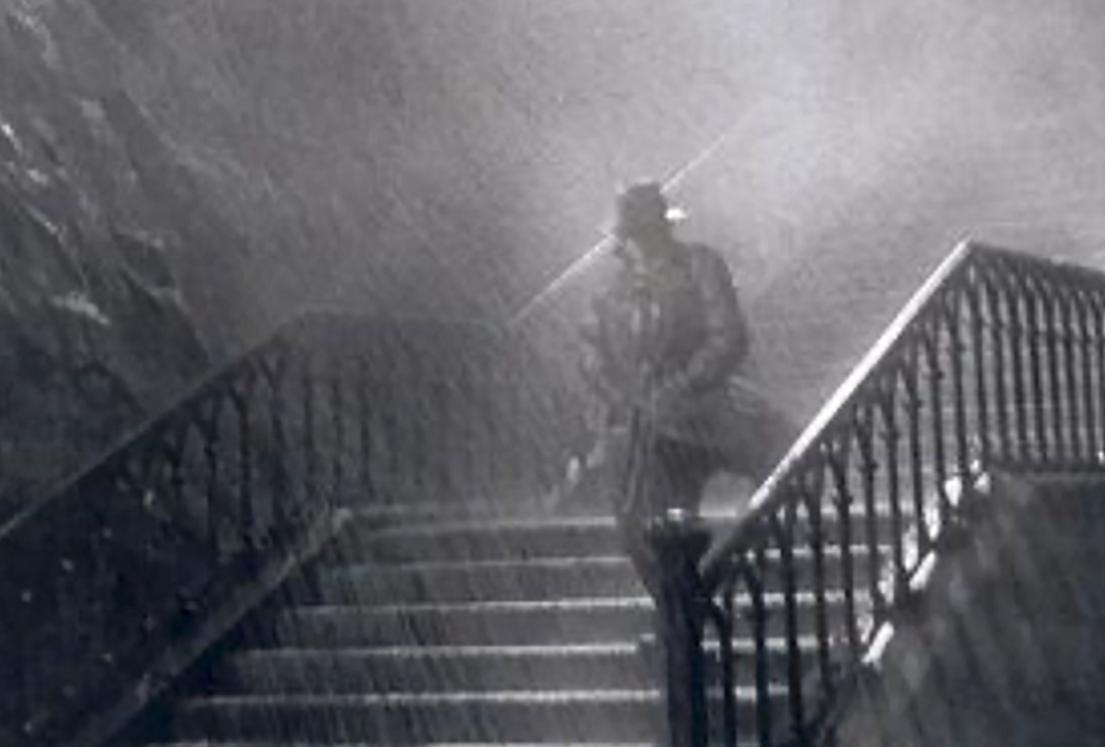
W hen I think of Chopin’s Nocturnes I think of that despairing Paris photo by René-Jacques, when the world was in black and white and every kiss was a matter of life or death, coming just after the war when Paris was in ruins, as were people, so I think of that photo of the night flying down some rain-soaked stairs to the dark dirty banks of the Seine, dank underworld highways of failure which surround us even today, glistening in the rain, on the run from the night, like Aznavour in Shoot the Piano Play-
er, that ballade to nightclub pianists everywhere, angels with lamplit halos, lovers of lost color, of daylight and dead music, trapped in the steel of cities destroyed by their own technologies, by the engines of war, knowing that leaves have been dead in the countryside for months, that nothing will come of the spring, that first love is the beginning of film noir betrayal, but still the camera flies down the Fritz Lang steps of the storm, holding back all that despair, the small rooms of the night, renounced by the vast clueless rage that moves the world, yet rhyming still the mesh of perfect marriages with dappled
carriages, even though rhymes no longer matter to a society blown apart by weapons and the rain of rust, fog hurling itself around those filthy river walks where the homeless shiver in the litter, hoping even now that the chilling, stripping rain will bring auras to the streetlamps and that somewhere in the mist someone sings for real, all the decades of deceit ripped away, and there the photo stands, listening to night, waiting for morning, for the flirting, restorative day, aiming at tendeness despite the sniggers of the heartbroken, strangifying and strangling the walking dumb, the busted, the learned disgusted with their own slickness, their inability to start over—it’s all there in that photo, in the music of night, the Kantian echo of black and white, where everything is either true or false, before philosophers started to dicker, to recant (as Freud, Jung, and Sartre, all did), too late as always: well, here’s Chopin’s rain again, washing out sores, and let’s hope it scours all of us.
In this most naked of nocturnal confessions levitating over the masking river of endless certainty, where the resolution of the right hand is as affirming as the left, what moves me are the new subtleties invented from already dying notes, cascading and spiraling stairways entirely independent of rhythm, the busy demands of reality overcome with invention, the right hand in its own world, the left hand anchoring itself just in time in the flow, gossips at cocktail parties never descending into clichés, the right hand keeping its own company and consequently its timelessness: never imitated, never solved, still hanging, small fragile scents in the summer air, too personal to become a movement, too universal to be a digression.
Chopin was never part of a school, a group, which explains perhaps his inability to be explained, uncovered, espoused, exposed, exhumed.
Chopin’s chords are as indefinable as clouds, too airy to be earthy.
Tonality defies reduction—to clarify it is to ruin it, the way roads destroy the wild tapestry of fields, the way a flashlight illuminates the obvious and erases the subtle, diminishing as it enlarges. Let me become hysterical here.
Musicians often keep pictures or stories in their minds to help them capture the mood they want, or conversely capture the mood by ignoring the piece, a bit like inner tennis, where the

mind’s purpose is to distract the player so the body can go about its routine without second-guessing. So we by indiretions, by distractions, find directions out. By puttering around, we arrive where we’re going more directly. As Albee said in The Zoo Story, sometimes the quickest way isn’t straight across the park: sometimes it’s necessary to go a long distance out of the way in order to come back a short distance correctly. This may be a metaphor, but every New Yorker has lived through it.
But the opposite is also true. What if thinking about baseball during a nocturne actually turns notes into scores, baseball scores? What if Marilyn Monroe, using Lee Strasberg’s method acting, while pretending to be a peach to forget her fear, actually became a peach? Pianists tend to play what they’re thinking. Pianos can read your mind. They tend to reveal your daydreams. The challenge, I think, is to play not distractions, not inner tennis, but dreams.
Here in the Nocturne, from the start to the end, the constant bass notes descend like snow on a quiet Swiss village, while the melody imitates that bass with exactly the same notes, give or take a few, so that you can see Chopin in the process of inventing his melody from his accompaniment, the way Michelangelo said he found his sculptures by chipping away the stone that didn’t belong to them.
Snow swirls like filigree, like Chopin’s jeu perlé, the notes glistening like pearls, the sky closes in, and, in the last few notes, the village sleeps.
Mikhail Glinka—Peter Halstead: Barcarolle, G Major, 1847, edition
Urtext Könemann Music Budapest 7:46
Glinka is the father of Russian music. Like Mompou and Rachmaninoff, he grew up with the sound of bells from nearby churches. Like Mozart and Haydn, he wove folksong into his music. He had heard Donizetti, Bellini, and Liszt, and braided their romance, program music, and melodicism into the polyphony of wandering peasant choirs who passed through his village in Novospasskoye. Such music has much in common with Indonesian gamelan textures as well as the Illyrian traditions of Bosnia and Croatia, and with the Gaelic songs of the Hebrides. Dvořák’s songs and dances share the same roots. So the most profound music springs from the mostpopular. For 15 years after Glinka’s death in 1857, his music inspired the Mighty Five of Saint Petersburg (Cui, Borodi RimskyKorsakov, Mussorgsky, and Balakirev) and later Rachmaninoff.
Glinka’s piano version of the overture to his opera Ruslan and Ludmila was in an anthology of music I had as a child, and the first time I played it I knew my soul was Russian. The complex mischief of Biely, Dostoevsky, Nabokov, the rich introspection of Gogol and Goncharov, the poignant colors of Turgenev and Chekhov, mixed with the kaleidoscopic dances in the paintings of Chagall and Kandinsky, the syncopated militarism of
Rachmaninoff, all stem from the mournful bells and indigenous hymns of Glinka.
His Barcarolle begins with the dirge, the slurp and slosh of the dirty Venetian canals in their dark allées squeezed between rococo palazzi (Aivazovsky’s demonic The Ninth Wave, painted three years later in 1850, surges with Glinka’s rhythms), and opens up into the virtuosic arpeggios of the open lagoon, building up like a rogue wave into a wall of water and notes.
The Venetian lagoon is immense enough (34 miles long and seven miles wide), the largest wetland in the Mediterranean, so that the moldering warehouses and dilapidated pastel plaster villages on its 167 islands often disappear from sight when you are out on its open sea, and its benign sunlit lilting gondola rhythms suddenly morph into jagged and unsettling oceanic tempests. The small boats that ply the narrow canals suddenly seem vastly undersized for the seiches of the Adriatic, which flow in uncontrollably from three wide inlets in its barrier reef. Twenty years later, Liszt developed more unbounded swells in
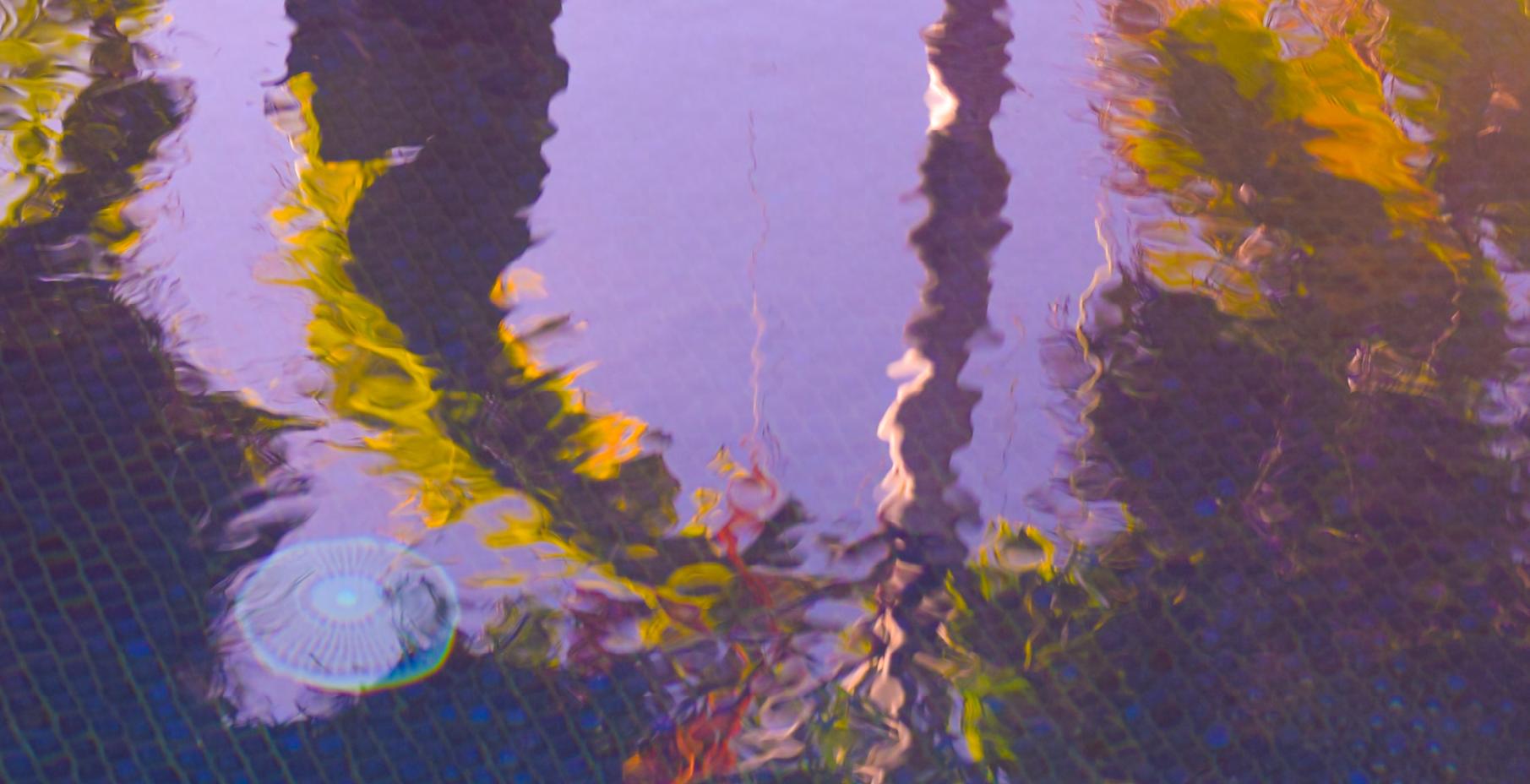

his legend of St. Francis de Paul Walking on Water (the fourth piece on this album), compared to which Glinka’s billows are well-behaved, perfectly shaped symmetrical lappings. But the stage had been set for expanding the vista from the friendly, decorous, settled world of an Old Master harbor scene to the embattled 1819 Géricault painting of The Raft of the Medusa.
Underneath the pathetic fallacy, the sheltering sky, of nature’s being a sympathetic ally lie the seeds of a more hostile universe of seething solar prominences and black holes that erase matter.
But for now, the world is more sedate, in the calm eye of the French revolutions of 1830 and 1848 which shook Europe and eventually in 1917 eliminated the Russian culture which dozed so scenically in the Balkan sun. Karl Marx could feel the swelling unrest, but felt it would happen in England, not
Russia. Michael Frayn wrote a play, Balmoral, in which British courtly society has been turned upside down by revolution. A world which has only known the status quo has no visceral empathy with the cultured refugees from suddenly drowned societies. Frayn would like to bring the feeling of anomie to complacent audiences, as Stoppard also attempts with his play Leopoldstadt. And Ravel with La Valse, an angry postmortem of a Viennese society waltzing into the graves of World War I.

Glinka’s whirlwind is hidden in the birdsong of the opening theme, a small, tidy warning of the demons of human nature which disrupt the organized sonatas and quadrilles of kinder but oblivious eras.
I felt Glinka’s brief, pat ending was an afterthought, an “amen” unworthy of the deeper impact of the piece, so I eliminated it, no doubt to eternal damnation at the hands of strict-construction justices.
We are terrified of the randomness of the universe, the freedom we have to choose. Mozart wrote out his cadenzas to stop the inferior contributions of lesser musicians into his concertos. The donor intent, the genius of writers and composers, should certainly be sacrosanct.
But it often becomes simply sanctimonious, foolishly consistent, tied to the apron strings of a manuscript that Balzac would have changed 30 times before it was published. He only stopped because it eliminated his profits from the book, and because he had other books intruding on his prolific inner inventory.
Shakespeare got many of his plays from North’s translation of Plutarch, from obscure untranslated Italian commedia dell’arte plays, from Orlando furioso, from Holinshed, from Thomas Kyd’s King Leir, from Philip Sidney’s Arcadia, from
the ancient astrological manual Hamnet. Then he improved those texts. Fritz Loewe got his melodies from lefthand accompaniments in Brahms’s Intermezzos. Bernstein got some of his best melodies from Mahler, as Mozart did from folsongs.
Literature, music, art have always been a constant evolution of resemblances, additions, subtractions, and variations. I can only criticize myself for not contributing more to this undulating corpus.
But all right, I was bad. I won’t do it again. Until track 7.

3:38
I’d like to include a short poem that captures some of the different voices of rain that Debussy paints in his piece “Gardens in the Rain.” In both the poem and the piano piece, you can hear sun breaking through the drizzle, leaves shaking off their raindrops, the baubles of raindrops falling from the edges of leaves. The poem is an extract by Richard Wilbur.
The sun was strong enough today
To climb the wall and loose the courtyard trees (For two short hours, anyway)
From hardship of the January freeze.
Their icy cerements decayed
To silken moistures, which began to slip In glints and spangles down, and made On every twig a bauble at the tip.
No blossom, leaf, or basking fruit
Showed ever such pure passion for the sun
As these cold drops which knew no root
Yet filled with light and swelled and one by one
(or showered by a wingbeat, sown From windbent branches in arpeggios) Let go and took their shinings down And brought their brittle season to a close.
O false gemmation! Flashy fall!
The eye is pleased when nature stoops to art, Staging within a courtyard wall
Such twinkling scenes. But puzzling to the heart, This spring was neither fierce nor gay, This summary autumn fell without a tear:
No tinkling music-box can play
The slow, deep-grounded masses of the year.
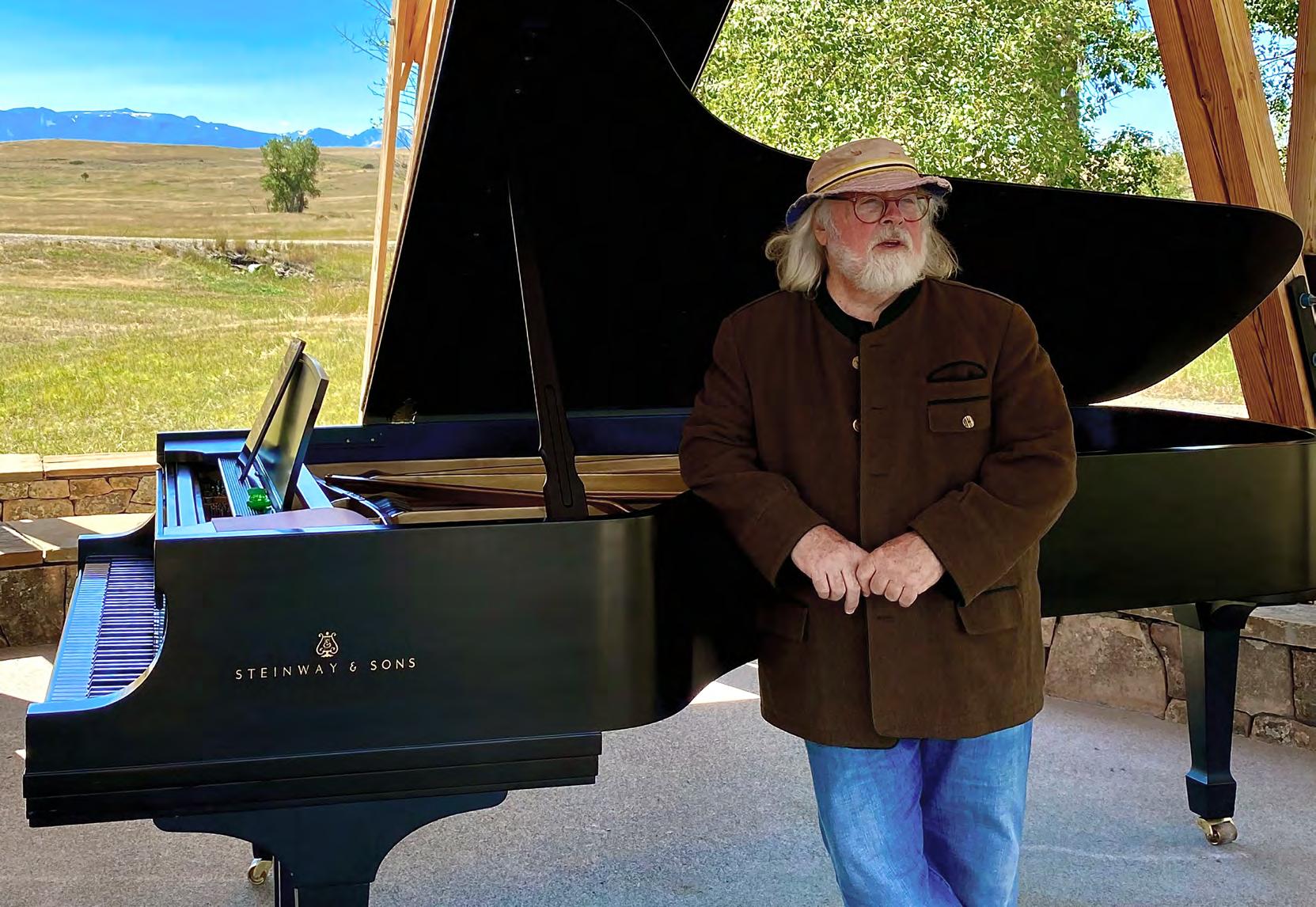
Debussy’s notes channel the motion of the rain in different ways:
1. Plonks of rain are depicted by one note at the end of each arpeggio. In the opening of the piece, arpeggios imitate rain falling by falling down. So in each fournote phrase, three give the downward direction of the rain, and one is the actual drop. This reminds me of Wilbur’s line, sownfromwindbentbranchesinarpeggios.
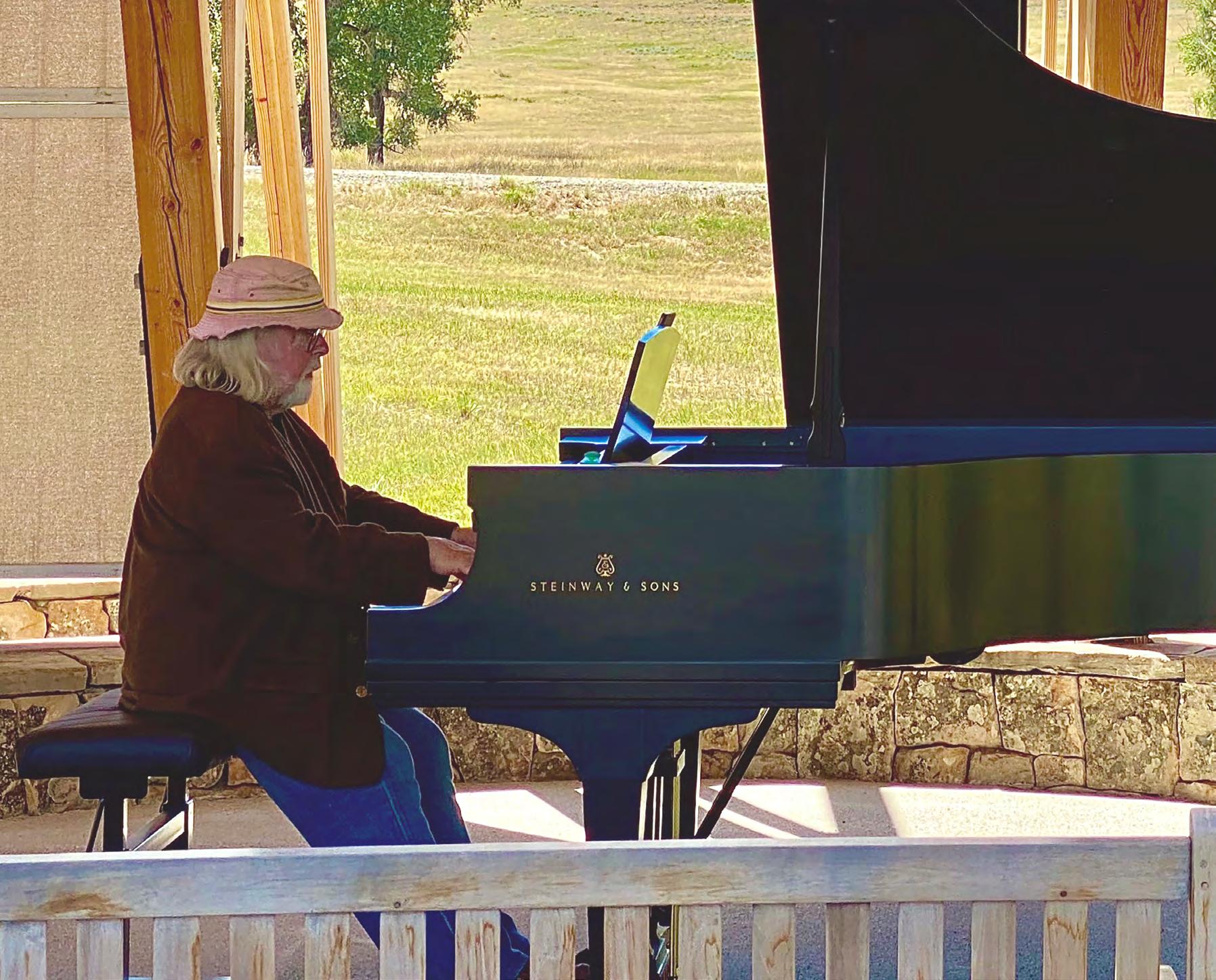
2. Halfway through the piece you hear large bursts of rain, symbolized by note clusters. Wilbur summons up such bursts in his line: Which make on every twig a bauble at the tip.
3. These clustered bursts are followed by almost atonal expanding notes, which paint Wilbur’s line: yet filled with light and swelled one by one.
4. You can hear in arpeggios the way w ind blows the rain sideways.
5. Then a fragile release of arpeggios imitates tiny raindrops with the sun shining through them. This passage is in the major key. Before the piece has been in the minor key. The major key conveys the sun.
6. At the end of the piece is an explosion of sunlight. This is like Wilbur’s line: [these colds drops...] Let go and took their shinings down.
7. After the next to last arpeggio explosion, t here is a chord remaining: the dripping aftermath of the storm.
8. Three final drips are heard in the treble.
9. And then a final flurry of an arpeggio, not going down, but up, as a tree releases its drops suddenly. This to me calls up Wilbur’s last line: The slow, deep-grounded masses of the year. It is as if the poem parallels Debussy’s piece.
Rain is very moody and atmospheric, so Debussy puts his piece in the minor key. The entire work describes a garden in the town of Orbec in the north of France, in Normandy.
Occasionally the sun breaks out through the rain, and the minor becomes major, as I’ve mentioned. This is a serious breakthrough. It’s a Russian trick, which Rachmaninoff always used, to alternate between major and min

Near the end, Debussy puts in the French children’s songs “Nous n’irons plus aux bois” (We promise we won’t go in the woods anymore) and “Dodo, l’enfant do” (Sleep, baby, sleep). This is when the melody of the rain breaks out into the sunlight, and is the glory of the piece. Like Mozart, Debussy didn’t write his best melodies; they were children’s songs.
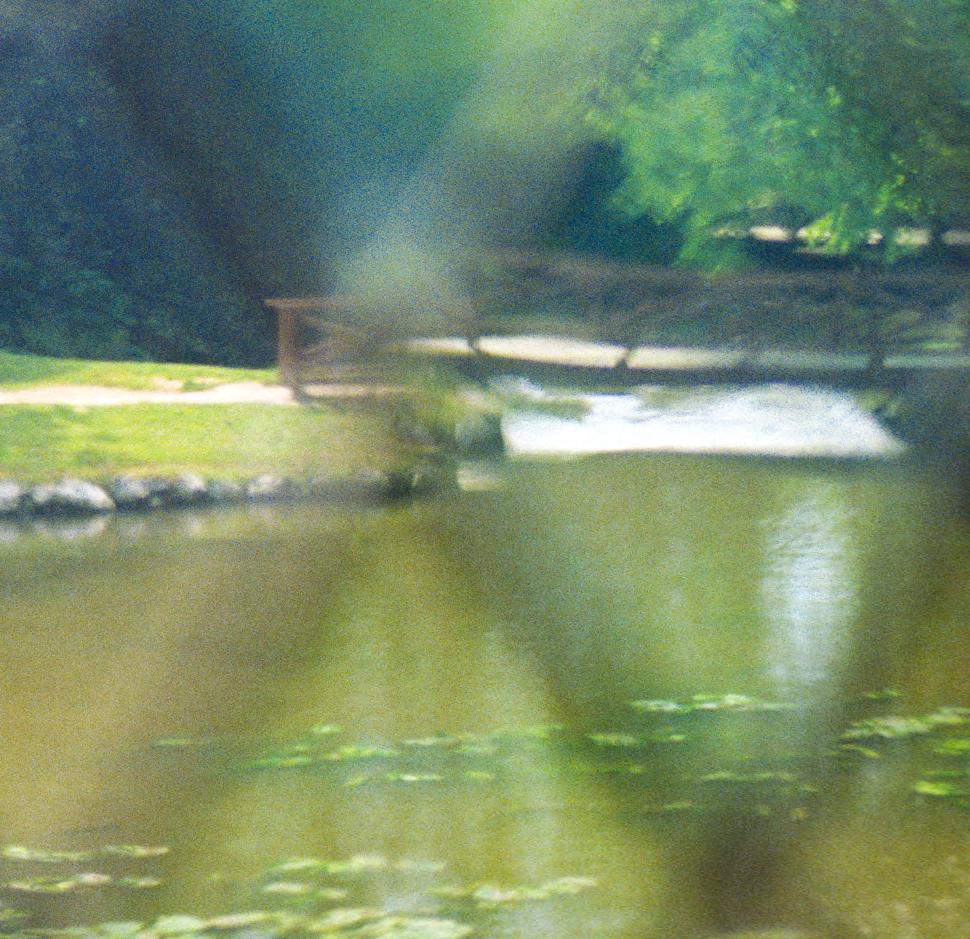
3.
Franz Liszt: Les jeux d’eau à la Villa d’Este, Troisième année, Années de pèlerinage,
B Minor, 1877 10:29
The Villa d’Este outside Rome was a folly of the extravagant Cardinal Ippolito d’Este, son of Lucrezia Borgia but redemptively patron of the sculptor Cellini, the poet Tasso, and the composer Palestrina. And creator of a complex system of cascades and water games as spectacular as the Hanging Gardens of Babylon.

Water games are, in French, jeux d’eaux. From Roman times hydraulic engineers utilized the sloping sites of villas in the hills surrounding Lazio, some 30 miles northwest of Rome. The pioneering complex was da Vignola’s catene d’aqua (water chains) at the Villa Farnese at Caprarola, situated in a range of volcanic hills known as the Monti Cimini whose copious watershed provided plentiful streams that could be diverted to water stairs, fountains, cascades, and canals.
Between 1563 and 1565 the Cardinal excavated a huge amount of earth to construct new terraces, basins, arcades, grottos, niches, and nymphaeums. The nearby river Aniene was diverted to furnish water for his immense maze of pools, water jets, and channels. The steep slope of the garden, more than 148 feet from top to bottom, lent itself to gravity canals and underground pipes which fed the displays. Giant pumps were used. Versailles used a watermill-driven pumping station, the machine de Marly, the most powerful machine in Europe at that time. Following the aesthetic principles of the Renaissance, the garden was carefully divided into metrical units, or compartments, each 98 feet across, laid out in a grid.

The Grand Tour has been a tradition for many centuries. Rousseau, one of the great Romantic novelists of the time, stressed the idea of escape in his The Reveries of the Solitary Walker, as did Goethe in The Sorrows of Young Werther. Byron was a great wanderer (often to escape creditors), and his Childe Harold’s Pilgrimage (1812–18) set the tone for the age.
Chauteaubriand’s 1802 novella René had its depressed hero traveling to Louisiana in search of solace. Before that he travels to Scotland and Italy to slake his melancholy. It was fashionable to be dissatisfied by where you were.
Caspar David Friedrich captured the mood in his 1818 painting Wanderer Above the Sea of Fog.
Liszt transcribed his three years of pilgrimage into three books of program music, painting not only pictures but creating philosophical revelations with harmonies, conveying the inexplicable sensations of new lands in his innovative reveries. He based the three volumes on Goethe’s Wilhelm Meister’s Journeyman Years.
The first year is Switzerland, the second is Italy; the third book, from 1877, looks deeper into Italy and its religion. Liszt was tempted all his life by the atonement possible in Christianity. He felt his glib pianistic stunts were unworthy of his larger gifts. He became an Abbé at the Vatican in 1865.
The third book, which contains Les jeux d’eau à la Villa d’Este, was written after he had been a monastic and 12 years distant from his easy crowd pleasing. It is the first Impressionistic piece (Debussy preferred the name Symbolist). It predates Debussy’s 1894 Prelude to the Afternoon of a Faun by almost 20 years. Both Debussy and Ravel (who wrote his own Jeux d’eau) heard Liszt play in Rome.
Liszt takes water beyond mere cascading, jetting, trickling, bounding, and surging. When the fountains morph into transcendence in the middle of the piece, Liszt appends a line from The Gospel According to St. John, where John the Baptist baptizes Christ in the River Jordan: Sed aqua quam ego dabo ei, fiet in eo fons aquae salientis in vitam aeternam: But the water that I shall
give him shall become in him a well of water springing up into eternal life.
Holy Water descends from this baptism, so that all Christians can participate in a personal canonization. Liszt’s water games

thus become serious, and move ever upward (as his waves do in his legend St. Francis de Paul Walking on Water). The Ascension into Heaven traditionally happens 40 days after the Resurrection from the Dead. It is one of the many miracles associated with Jesus, and Liszt effectively conveys its miraculous essence in both Les jeux d’eau and in St. Francis de Paul.
He uses all the voices of water to build to a transcendence of hymnlike apocalyptic chords, described in arpeggios. Then the chords themselves ring out in the final rain of notes. Finally a somber, ecstatic series of harmonies resonate in the bass: the spirit of both rising to heaven and falling to earth, which fountains imitate, is mingled with belief in Christ’s becoming man and ascending to heaven after his murder. As St. Francis of Assisi prayed:
And it is by dying that we are born to eternal life.
It can be easy to miss the epiphany, the revelation, the wonder, the miracle that Liszt creates so well. My teacher Russell Sherman, when he played it, had the courage to let the music breathe, to take time for what Archibald MacLeish described, in his poem “Thunderhead”:
That sky could tell you that there must be magic, Waiting, as well as working, to have miracles. Thunder in earth for thunder in the air
To bring the flash down, and the blinding glimpses.
MacLeish is talking about love, but also about the way lightning forms a connection between the earth and air before it vaporizes backwards up into the clouds, the opposite of what it looks like. Liszt creates these foundations for lightning flashes in the solid earth of the tempo.
Liszt has created a shimmering sky of water frizzing lightly above its more serious motions below. In these glistenings of spray lie the overtones of every wave, the mist of every fountain. You can feel the buzz of the static electricity
waiting for the bass to build, until the tension of the sky is released into the magisterial fundament of the last chords. By descending from heaven, he, in an homage to Christ, releases built-up energy back into the air. This is as much science as it is harmonic theory and religion.
The piece isn’t just made of notes, or a water painting, then; it’s a scientific metaphor of how the soul, the spirit of the pianist, and hopefully of the willing audience, achieves transcendence through the humble vows of notes.
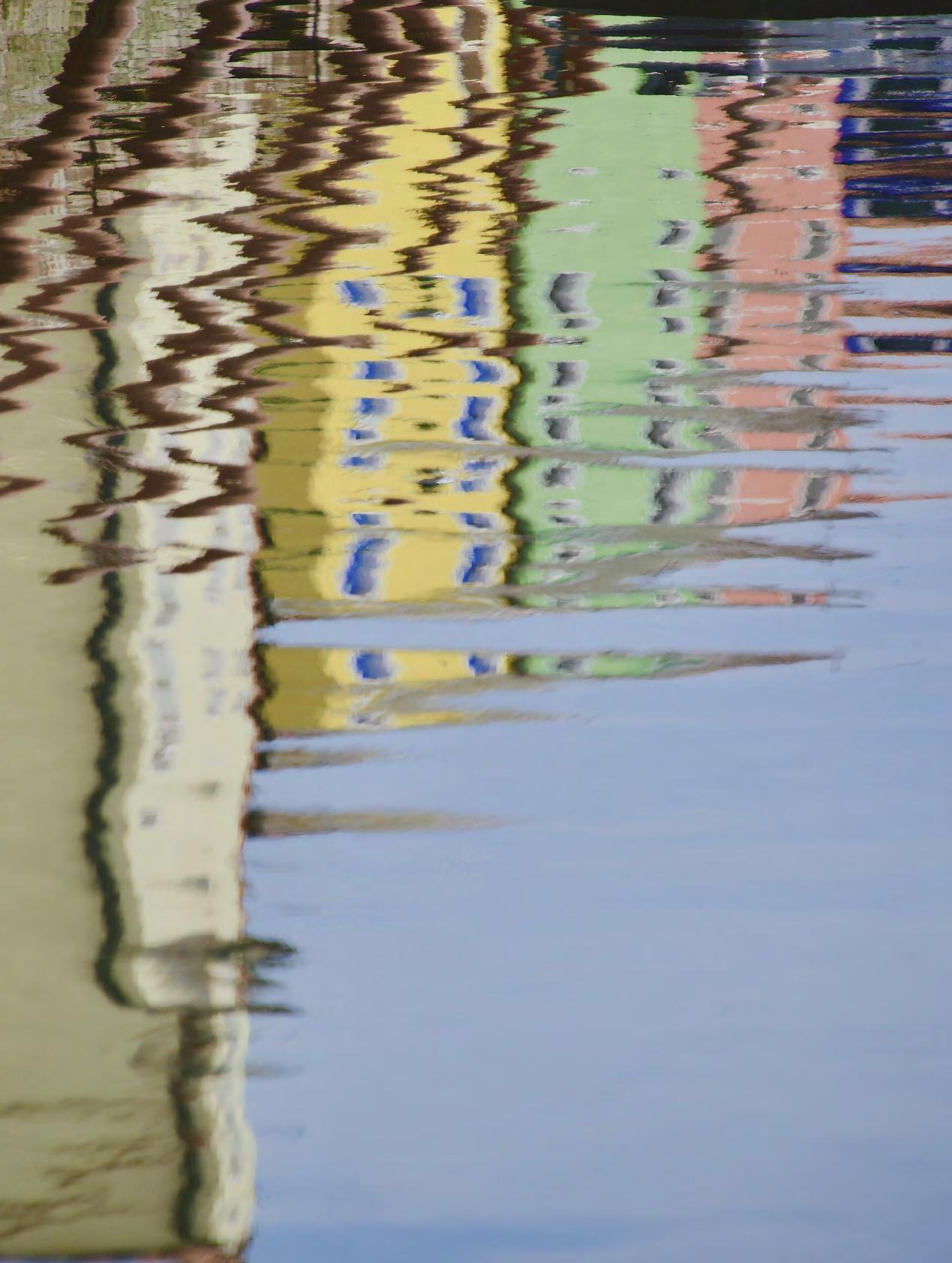
Tom Stoppard makes the point in his play Jumpers: words have to jump, to leap like an arrow to the target, to make a metaphor that ultimately produces in the audience a shiver, a God-beam—as close as we get to miracles.
4.
Franz Liszt: Légende No. 2: St. Francis de Paule “marchant sur les flots,” E Major, 1866, Edition Musica Budapest, eds.
Sulyok/ Mezo, New Liszt Edition, Various Cyclical Works II 11:42
It is important to see the context in which miracles become important.
Saul Bellow, in his novel Humboldt’s Gift, quotes Rudolf Steiner as saying that man in the garden of Eden had no idea he was separate from nature. Perhaps he saw a flower and saw himself. There were no mirrors.
The Renaissance invented mirrors. Man realized finally that he was separate from nature. Like Michelangelo’s painting of Adam touching God, man was then akin to the Godly. He dared to approach the divine. Afterwards, mankind became so sophisticated that it internalized nature. Wallace Stevens is a good example of that, a poet who believed in sun and beach as cures for the soul, but who came to realize that it was a myth, created by himself. As John Donne said, he could eclipse the sun by winking.
When Stevens stopped believing in palm trees, they lost all their connotations, their curative powers. Poets had to define nature, or it wouldn’t exist. It was Heisenberg’s observation principle: nature didn’t take its final shape until it was observed by man. Man thus became responsible for the universe.
Claude Lorrain invented the concept of turning one’s back on nature and viewing it in a framed mirror, to shape it, to make it “picturesque”—like a picture. The proper study of mankind was man, as Pope wrote. As Oscar Wilde said, “One touch of Nature may make the whole world kin, but two touches of Nature will destroy any work of Art.” Or as Woody Allen later said, “I am at two with nature.”
Bellow intuits that we seek to turn away from an egoism which has denuded the world of nature, to return to Eden, or to any place where we are only an innocent part of a grander whole. Of course, we have ruined the whole, and it looks very much as if nature is no longer our natural state. Nature now resembles New Jersey (the Garden State). It has lots of skyscrapers, and dramatic chemical sunsets.
So our dream of innocence is nonreversible. There is no going home again. We are trapped in our nightmare, in the tawdry reality we have created out of an earlier, more ethereal state. Only in cartoons, in dreams, in movies can we return. Thus entertainment, which replaces reality with the dream state, is a major industry. Before movies there were only concerts, and circuses, to divert us.
Liszt, being a visionary, saw all this. As paintings of the day show, country boys were trudging through lush vine-covered forests toward the chemically altered skies of smokestacks and exhausted mobs, where identity was melted down in vats of melted ore. Social mobility replaced the cottage industry. Men lived apart from their families. The Industrial Revolution allowed the middle class to listen to Liszt on their own Victrolas, but the price was their place in nature.
So Liszt sought to provide an alternative to the assembly line: a way back to Eden. As Bellow says in Humboldt’s Gift :
By means of music a man affirmed that the logically unanswerable was, in a different form, answerable. Sounds without determinate meaning became more and more pertinent, the greater the music.
Sounds were the more meaningful precisely because they couldn’t be reduced by words. As sounds grew beyond language, they required words all the more, to explain why music is beyond words.
Liszt knew it wasn’t about music at all. It was about meaning, words stripped of their clothes, their affiliations. It was about Platonic essences, all the more visible without their worldly masks. Mere musicians saw only china, and displayed it in empty showcases. But the chinoiserie, the notes, were a disguise, a placemat over the table beneath.

Of all the arts, music is the most removed from the tangible, the touchable. And yet it is about tangible emotion. Performers have to function between these two extremes: the visceral and the ethereal. Music takes a fact and makes it abstract, while listeners have to translate it back into facts, and, in that collaboration they become entwined themselves in the creative process. Artist and audience work together to produce catharsis. They extract the tangible from the intangible, facts from the abstract. Music is a dead language which must be translated second by second into slang.
In this case, a legend from the Bible, a saint walking on water, was translated by a German painter into a painting, which was then translated by a Hungarian composer into music. This music has to be translated by the pianist into emotion, and then, by anyone who wants to talk about it, into words. It is then up to the reader, the listener, to retrieve the miracle from the saint, to wrest the ball away from the pianist and the program notes.
Mozart, Haydn, Bartók, Copland, and Liszt, among others, used a veneer of folk themes to sugar-coat apotheosis—that is, to entertain us while the godhead was being approached. Beethoven used folk songs as well but was more heavy-handed in his scaffolding. His armor was heavier. He wore his depths on his sleeve. This led to disdain for the seemingly shallow melodies of Liszt.

To this day, critical racism colors our most basic understanding of Liszt, who has come down to us as a flamboyant, vaguely louche snake oil salesman who scammed women into listening to meaningless scales and sensuous octaves. In fact, women saw in Liszt a window to a new identity. We no longer believe, as Liszt and Wordsworth did, that nature can save us. Most of us no longer believe in the eternal feminine, as Goethe and Truffaut did: woman as the salvation of man. (Although a respectful minority continues to believe in both nature and women.) So we look to gurus, therapists, and politicians as telescopes to the past which will anchor us firmly to a world without anxiety, the world of Liszt’s depictions of various
religious legends, in which he used music to bring his audience back to a simpler world of easy beliefs.
Music is a story. By insisting it wasn’t, musicians themselves discouraged our interest in it. They told us we were being trivial, and thus embarrassed us back into the popular music sections of Tower Records (back when there were record stores). By insisting that genuine classical music not tell stories, later schools of composition robbed music of its human qualities; they canceled classical music’s ability to reach and move us.
To play this piece as musical notes alone, to show off octaves or scales for their own sake, turns it into a train wreck of empty gestures. Each of those gestures is a symbol, a Platonic shadow of a deeper essence. Scales are seas, octaves are rays of light rising into Tintoretto sunsets. Turner was not about brush strokes, but about God. His last words were, “Light is God.” Walking on water is not about scales, but about fish scales. Scales become maritime, submarine. They take on the smell of an Atlantic beach day. Notes become metaphors, windows, runways to Narnia, as the rabbit hole is a portal to a dream world in Alice in Wonderland.
To tell a story with Liszt’s musical mythology gives his saint a better chance of walking on water, and thus of moving us, not only with Liszt’s ability to create waves and levitating saints, but with his ability to conjure up, between the lines, something beyond the scope of sound: a belief in what cannot be seen or heard.
This is not the same thing as Gershwin imitating honking car horns or Debussy imitating belching old bureaucrats in “Général Lavine—eccentric. Gershwin’s city noises are sounds we know to exist. Liszt, on the other hand, has chosen a subject which cannot be proved, which none of us has ever seen, and which in general we do not believe in. Because if a person could walk on water (without using inflatable boards, or simply shallow water), then there might be a god, and a devil; mysterious phenomena vastly beyond the set of what we can safely accept.
So Liszt is involved in creating not lesser artifacts of day-today existence, but evanescent events which can exist only in the abstract. He uses imagination to fire the imagination. Because if we believe in a ghost, and our hair rises, a tangible reaction has been created by an illusory thought. People have cardiac arrests from such attacks of sudden belief, so we do react physically, psychosomatically, to the somewhat dubious spirit world. Although we would disbelieve our own eyes, we never disbelieve our imaginations. By creating the sonic equivalent of what it might be like to see a saint levitating, Liszt creates the actual feeling we would have if we really saw it. The sensation of a miracle can actually exist, even if the miracle doesn’t. Alan Turing’s test of existence—if it looks like a duck and sounds like a duck it must be a duck—the basis of computers and artificial intelligence—applies equally to Liszt’s musical portal into genuine belief. It isn’t necessary that he create a miracle—only a belief in one: a willing suspension of disbelief.
If the piece itself stands in for miracles, then we actually have witnessed a sort of miracle: that of music bridging the very real gap between what exists, and what the mind accepts, whether or not it exists. Thus Hamlet’s ghost is real, because Shakespeare suggested him and we’ve experienced him as much as we’ve experienced the governor of Alabama. We may never have met the governor, but we believe in him. We’ve actually met the ghost, or at least a stage version of him, so we have even more reason to believe in the ectoplasm that may lie behind the eidolon.
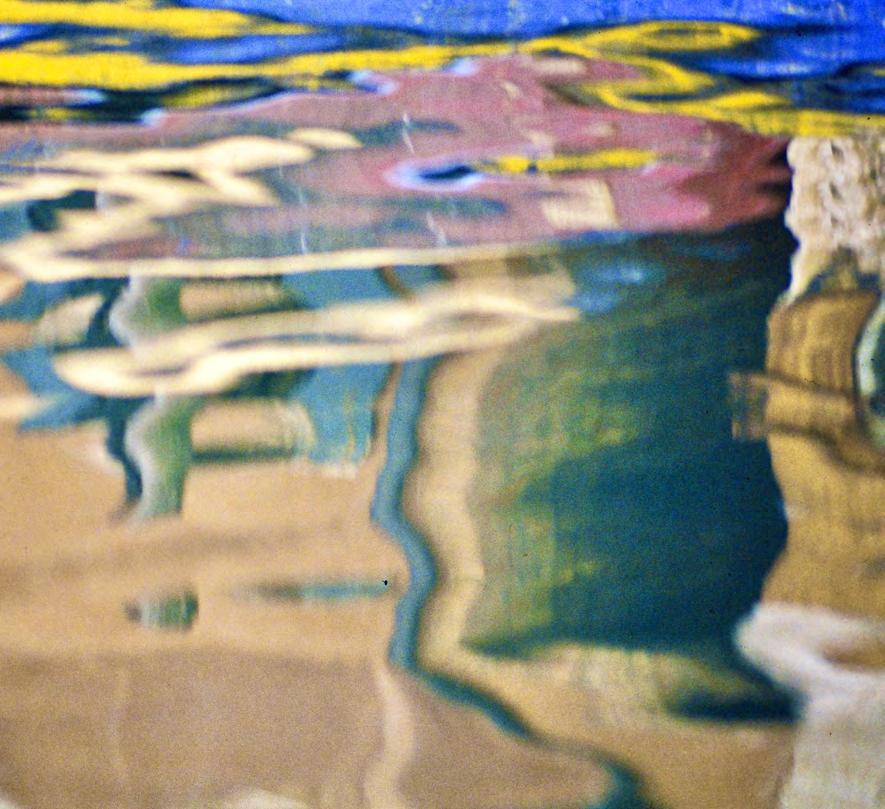
Something is real if it looks real. And if it feels real, it is even more real, insofar as the ultimate tests for existence are simply appearance and acceptance. Right you are if you think you are. Or, to quote Hamlet, there is nothing good or bad but thinking makes it so. And of course we want to believe in miracles. Disbelief isn’t very moving. And we want to be moved. How sad when one day we lose the security of Santa. We spend the rest of our lives trying to recover that early warmth, that sureness in the chimney. Having no proof, we substitute hope. And different forms of Santa. Gurus, dictators, movies. I believe in Love, Actually. (Its writer and director, Richard Curtis, mentions the word “actually” as much
as Shakespeare uses the word “nothing” in King Lear.) We believe not in the present, but in the future. In hope. In the suspension of disbelief. In fairy tales, myths, and rumors. Someday our dreams will come true.
The music text carries with it a long description by Liszt of the miracle from the saint’s biography by Giuseppe Miscimarra.
St. Francis de Paul (as opposed to Saint Francis of Assisi, the bird man and mystic), was known for his miracles. Liszt’s girlfriend, the Princess Carolyne zu Sayn-Wittgenstein, had commissioned a painting, which fascinated Liszt, from the great German painter Steinle, of St. Francis, so the music is in fact a musical painting describing a painted translation of a biblical fairy tale. Many people believe the fairy tale, and it’s a small leap from that to believing in Tinker Bell, in films, in the stories we are told by preachers and screenwriters.
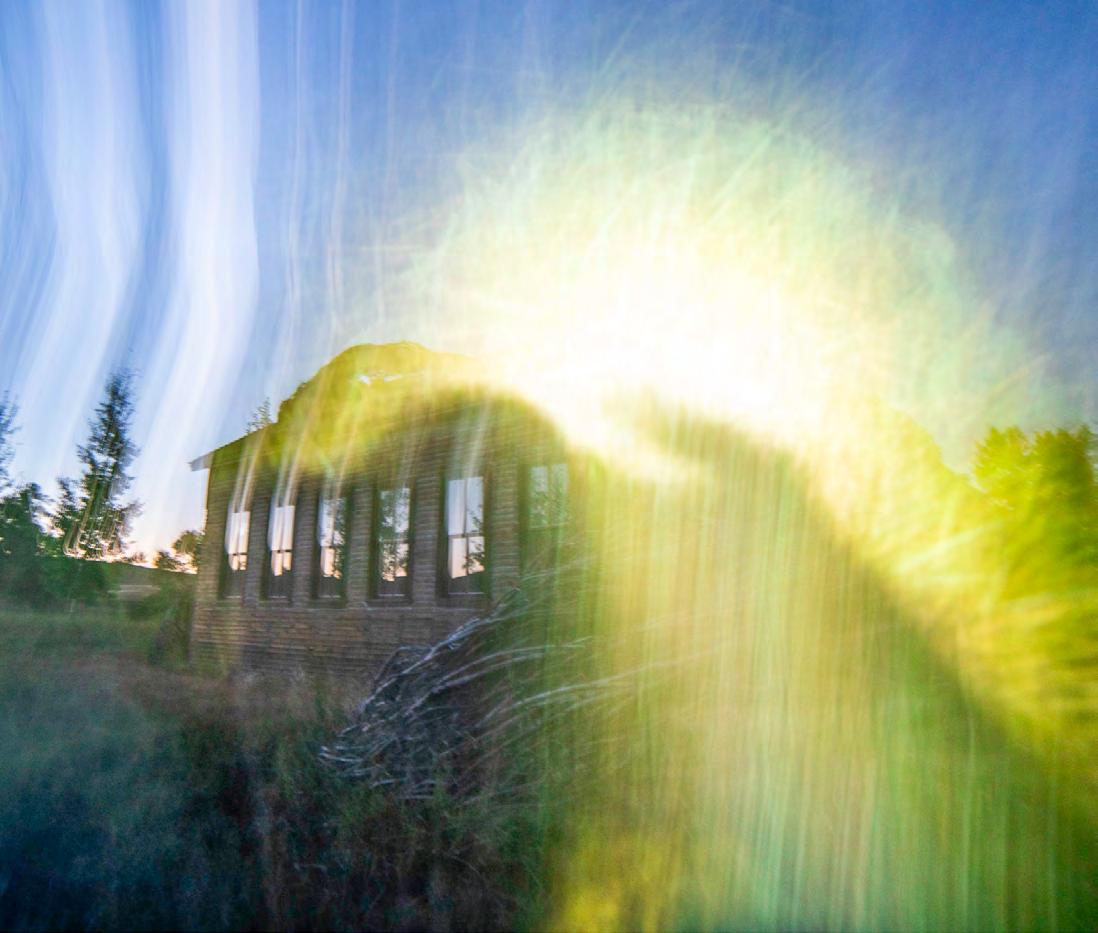
St. Francis looked like a bum, so the ferryman refused to take him across the straits of Messina.
Thus the saga has a bit of socioeconomic revenge to it. Wouldn’t we all like to astonish the snobbish doorman by
levitating directly up to a friend’s apartment without use of the elevator…. This is the sense of the meek inheriting the earth which early Christians found so soothing. They must have been a scruffy lot. But their hearts were pure, and they would inherit the lands of the scoffing poshboys. Although not quite yet. The truth of the matter was the saint couldn’t afford to pay, and wanted a free ride. So he was in effect a bit of a bum. But as a celebrity, he wanted perks.
It was the boatsman, Pierre Coloso, who suggested the miracle. “If you’re such a saint, why don’t you just walk on the waves?” The saint then blessed his cloak, and used his staff as mast and the mantle as a sail, and set out on the water.
The people of Arena (one needs not only an audience for miracles, but sometimes an arena) behaved as proper fans should, crying, shouting, and thrashing the air with their hands. The boatsmen did the same, immediately offering the saint their boat, but the saint was on a roll, and beat the boat to port.
Liszt was especially interested in the way the painting depicted the saint’s gaze, lit by divine glory and tranquilly fixed on heaven. It is this link between the normal and the sublime dimension that Liszt is most anxious to dramatize. He not only has to describe the miracle but also has to flesh out its deeper metaphor, that between the visible order of nature and the invisible, the inner divinity which outer nature disguises. Walking on water: a small step for saints, a giant step for mankind. It’s not so much the steps, as what they signify: the ability of man to transcend his nature, his environment; to rise above, not just waves, but himself.
At the bottom of the painting was the saint’s motto, “Charity.” This has a slightly broader meaning in Latin (caritas): it implies not just the act of helping the poor but also the obligation to care about things. It is similar to Liszt’s motto: genius obliges. Or, as Charlie Brown put it, there’s no heavier burden than a great potential. Liszt not only admires the miracle as a metaphor, but he intends it to pull the audience into a pragmatic heaven along with the saint, where every listener is as noble as Liszt and Saint Francis themselves.

Because Liszt and the saint are one and the same.
Liszt is aware of the power of music: not just to entertain, but to convert, to set an example, to pull aside the veil and show not the fat Oz but something really spectacular, something we have lost faith in finding.
Our contemporary wizards are human, fallible, much like Oz. But Liszt lived in an era where the face in the mirror was
protective, omniscient, noble: characteristics eliminated later on by a world at war with itself, a world fired with betrayal and unimaginable evil, a world where knowledge was not ennobling, where philosophers suddenly realized that people might not want to behave, that the audience might not want to hear classical music and, in fact, would rather throw itself into a mosh pit.
Even in his most hedonistic moments, Liszt carried inside him that quiet center which would eventually turn him toward belief. Liszt knew, as did Rachmaninoff, that virtuosity was the necessary price to be paid to get people to listen to the more important single notes hidden in the compositions, such as Mazeppa’s struggle to get up again after he’s fallen in Liszt’s Transcendental Étude No. 4, “Mazeppa,” a kind of musical resurrection in simple notes. Revelation usually happens in single notes. The Resurrection interlude is more like Bach than Meyerbeer. Or the Zarathustra-like theme of Les Préludes, wherein life is just a prelude to immortality.
In setting to music such teachings of the heretical (i.e., outside the box) and socialist Abbé Lamennais, Liszt was working his way toward the obligations of vision, starting with the nobility which he always displayed in his dealings with fellow musicians and with women, and ending in the music of the future, starkly minimalist notes which cry out for something more than fraudulent harmonic clichés, the notes which Wagner and Schoenberg used to form their own mythologies. Liszt saw the role of music as philosophy. The notes were just a beginning.
A measure in this piece usually has four slow notes in it, as you can hear in the beginning. This same measure can of course be filled with many faster notes, but it uses the same time span as those first four beats.
It is up to the pianist to decide what tempo he wants to take. He must study the piece and see how different speeds affect each part of the piece. If he is too fast, he loses the majesty of the miracle. If he is too slow, he loses the power of the waves.
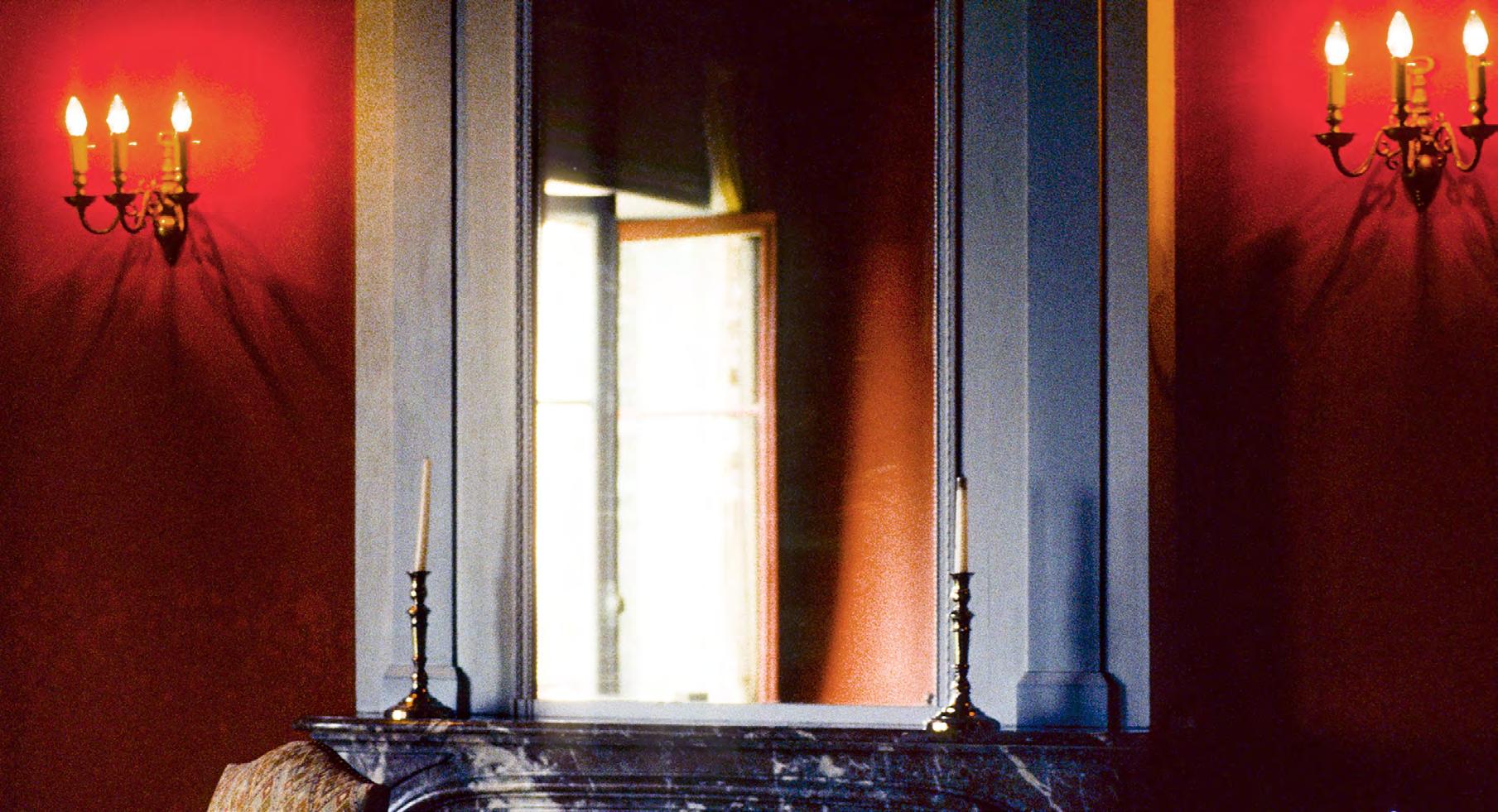
Liszt has marked the tempo andante maestoso, or slowly and majestically. The Germans, being German, had codified the more temperamental Italian adjectives with numbers on the metronome (as Parker has numbered the taste of wine), so that andante would be about a number of 60, and an andante maestoso would be about 56. This means that the metronome is set
to this number, and each time it clicks, that is one beat. This is about right. It is very slow, and it gives things time to happen, to unfold without rushing. It lets the details shine.
Maelzel invented the metronome in 1815, and Paquet made it in France in 1846, around the time Liszt was living in Paris in poverty (he had to sell his piano) and writing his Transcendental Études to make his name as a virtuoso. So he would have been quite aware of how most musicians would interpret that slow marking, given that metronome markings, ever since their inception, like Parker’s wine numbers, have led the unimaginative astray with the easy dogma of mathematics. (All great mathematicians have distrusted facts.) Far from flashy, such a tempo nonetheless allows plenty of room for all the sloshing and swashbuckling the waves have to accomplish, even at more considered tempos.
Liszt has 14 ways of conjuring up waves. He starts with a tremolo, then moves to the arpeggio. Before too long, he uses chromatic scales, then normal scales, then arpeggios broken with octaves, then rolled chords in the bass matched with arpeggios and chords in the treble, then octaves alone, then slurs, then thirds, then syncopated chords, then staggered octaves, then arpeggios with contrary motion, then the fading surges of sforzando chords, and finally octaves in the bass with the tremolo at last in the high treble, in the heavens. This is Liszt’s technical grab bag of water words. I will describe how each one of these 14 tricks functions as we come to them.
The drama of the composition lies in the contrast between the calmness of the monk and the frenzied action of the waves, between the simplicity, even the austerity of the theme, and the Romantic free-for-all, the virtuosity, of the sea. It is the waves that allow the saint to perform his miracle. Otherwise, it would be just another hike on the beach. The dichotomy lies between the technique that makes a musician attractive to an audience, and the more severe tutelage he really intends for them.
Was once, too, at the full, and round earth’s shore Lay like the folds of a bright girdle furled. But now I only hear Its melancholy, long withdrawing roar, Retreating, to the breath
Of the night-wind, down the vast edges drear And naked shingles of the world.
Note how Matthew Arnold in “Dover Beach” (written around the time of the Liszt piece) breaks his lines up, varying the lengths so they end in the rhymes, but not in the same breath as they’d be spoken. In the same way Liszt varies his phrases, truncating some, extending others, so a Robert Frost–like conversational start-and-stop is achieved, a colloquial rhythm, or nonrhythm. Note also how Arnold uses expressions which are a bit strange: “to the breath,” not “on” the breath. “Night-wind,” not night air. This is a solar wind, and the ocean dances to it, not on it. There is a timepiece mechanism at work, a divinity that shapes our ends.
In the same way, Liszt’s saint moves strangely, to his own Mixolydian drummer, because the footsteps he takes will not be normal. They will lead us, as a prayer flag does, flappingly to heaven.
Liszt varies the timing of the waves as does Matthew Arnold his lines in “Dover Beach,” another homage to water. Some scales have all the notes in them, some use jazzy rhythms to fill in the time period with fewer notes, some cram more notes into the same time frame, some even have little contrary motions of their own, the way water eddies in a contrary fashion.

There is a rock song called “Walk on the Water,” which conveys nothing at all but the numbing repetition of a phrase unrelated to its theme. Listening to this song might be helpful, because it is an example of how crowd pleasers end up as dated embarrassments. Although Liszt’s piece contains what could be interpreted as a “salon” melody, a trendy, saccharine, fainting-bluestocking tune in the final quiet section (where I have taken some liberties to avoid its syrup), it has enough genius to survive despite these lapses into contemporaneity (always a great mistake, as with Rachmaninoff’s jazz motifs, which date in a way that his own inventions do not).
Here is a blow-by-blow description of what techniques Liszt uses to describe the escalating tempest.
The piece opens with the ominous octaves of a stormy sea. The sea the saint contemplates is no piece of cake. There are the high notes for the high waves, and the low notes for their terrifying troughs. A man could drown out there. All this happens in the first three measures. The piece begins not with four notes but with one note, all alone in its own measure. This is a clue that the first note is only an introduction, and the main melody starts with the second note, which is in the second measure. A small thing, but phrasing is all: it shapes everything that comes after it, the way an entire Shakespeare playis contained in the first scene, or an entire Beethoven sonata is contained in the first few measures. So the whole of this piece is contained in the first three measures. That is, after
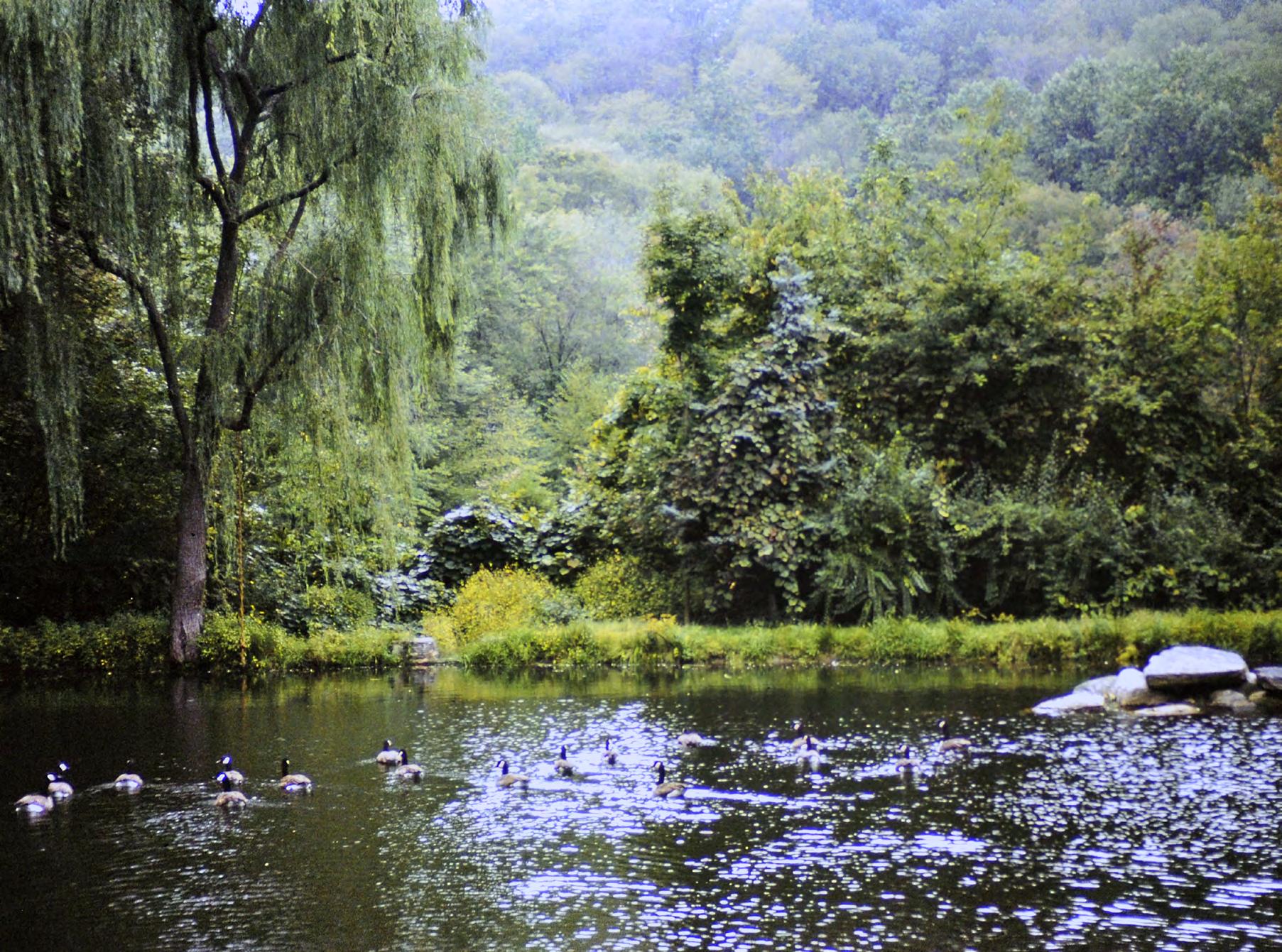
an introduction, there is a strange descent, then a miraculous and syncopated ascent.
But right away, between the second and third notes, is a harmony that is alien, bizarre, almost Moroccan. It is Lydian, or that barbaric prehensile mode used by monks and madmen, fanatics and saints. It is the key of Gregorian chant, ritual sacrifice, of Satanism, and of god. This is more than a key. It’s a clue to the makeup, not only of St. Francis de Paul, but of Liszt himself.
This sea may be the straits of Messina, but it is also a gap between two cultures, between the known and the alien, between the believer and the infidel. It is like crossing to Berber Morocco from the football pubs of Gibraltar. It is the metaphor
of crossing the line, crossing the bar, crossings between worlds, between the safe and the scary, between the easy world of cynicism and the terrifying world of Matthew Arnold’s faith.
Then there is a great gap of silence. This is a risky thing at the beginning of a piece. The audience gasps, as if the pianist has forgotten it. You risk losing their attention. But the silence is as important as the music. It is the saint, and the composer, thinking. They are thinking about miracles, risk, death. What if it doesn’t work? The ferryman—or ordinary, fearful life— might win. The saint might decide not to rise out of himself, not do the miracle, and what a bleak world that would leave us with.
There is a lot at stake in these silences. Liszt must be thinking, how will I start, knowing how much is at stake, and how what happens now will shape the rest of the piece. This is a scary moment for all of us. We are risking a world without risk, without saints, without art. Man would be left in a preliterate state if we didn’t have saints to make the decision to walk on water for us, gods to die for us, or mere artists to dare the dreadful critics in our name.
This eight-note seascape is then repeated, even more ominously. Both phrases float in an atonal, lost no man’s land between keys. This is modern music, with no safety nets, no home keys to catch at. This time the strange gap comes between the fourth and fifth notes, not where you expect. The clichés
are not fulfilled, the beat is slightly off. Liszt is not trying to please, or write a catchy phrase. This is almost a tone row, an equation, which must be solved. It not only must walk on water, but it will essentially ascend to the sun at the end.
The same notes are repeated a third time, but this time with underlying harmonies, or chords. These give it a kind of identity which it didn’t have the first two times. The view is being subsumed into the saint’s hopeful persona.
An underlying vibration, or tremolo, seems like the fractal chaos of ocean waves, the swash and slosh and seiche of bathtub water as it splashes unpredictably around its prison. But it is in fact tightly controlled, a finite number of notes doled out under the melody, ebbing and flowing in volume according to precise controls set by Liszt in his musical annotations. The chords themselves are almost the transcendent modulation of rock and roll, the base a walking stride base, but more sedate, contemplating greater things than simply walking. This is walking on water.
Each time the phrase is repeated, it goes higher, as the saint’s hopes grow larger, as the fear takes a momentary back seat to confidence. Maybe I can walk on water.
Occasionally, individual notes break away from the trembling
octaves in the base to splash around the key slip of the piano like rogue waves.
Arpeggios are the second way Liszt describes waves. The earlier breakaway eddies become more dominant, and then take over, in the form of arpeggios in the bass; that is, not just octaves’ monotone anymore, but whole ascents and descents.
As the melody descends, the arpeggios ascend. The bass becomes as important as the melody. Something is being said here: great swells are taking on their own nature. It is as if the melody, which is the saint, or man, or mankind, is being matched step for step with the ocean’s equal character. It is a duel.
The melody repeats higher up the piano. The octaves have returned, and this time are more pronounced. Again, the rising inner melody of the high chords is set against the sinking melody of the octaves.
The chromatic scales start. A chromatic scale proceeds up or down the piano hitting each white and black key as it moves. These are waves, and each rising scale is marked so that it gets louder as it ascends, and then starts softly again until it bursts on the rocks. Over this the determined, soft footsteps of the saint, already godlike and ethereal, ascend, calm in the face of the tempest beneath. The contrast between the two
hands requires a kind of schizophrenia, where the mind that controls both hands goes in two directions at once, one benign and assured, the other demonic and uncontrolled.
Measure 36
Finally, the waves break out of the close-knit zipping of the chromatic scale. A kind of summit is attained by a transcendent chord, and the piano breaks into rising scales, not chromatic but normal, sounding more like an organized comber than mere watery turmoil.
Measure 37
This leads to descending arpeggios (waves).
Measure 39
The waves rumble around in the bass for a bit before being subdued into an accompaniment.
Measures 42-50
The scales now accompany the saint’s triumphant melody as he marches out onto the water, up-and-down scales beneath his feet as the orderly waves obey.
Measure 51
The water swirls down the bay in eddies, pulling back before the next surge, Matthew Arnold’s
... pebbles, which the waves draw back, and fling, At their return, up the high strand,
Begin, and cease, and then again begin, With tremulous cadence slow, and bring The eternal note of sadness in.
Measure 52
Transfiguring chords are reached in the bass, intercut with chromatic forays which must be spume, froth, spray. And then giant waves rise up.
Measures 54-56
This is accomplished by arpeggios (chords turned into their individual notes played separately) which rise and splash against octaves (two similar notes eight whole tones apart, a “unison” but played together). This combination of arpeggios and octaves simulates waves with their troughs and crests.
Measures 54-55
They rise higher and higher and then sink down.
Measures 56-57
At this point there is a duet between a low melody and the more frenetic arpeggios-cum-chords in the middle of the piano, one hand echoing the other, as if the saint is communicating with the water, coming to an agreement.
Measures 58-59
The chords resolve into a spiritual calm, undercut with chromatic foamings in the bass.
Measures 60-61
Then the arpeggios-cum-chords rise up again like sea mon-
sters. It may sound like both hands are playing the same notes, but Liszt cleverly makes small oscillations in the left hand to give a better idea of water’s swirling, contrapuntal nature.
A similar dialogue between left and right hands—the right being the dominant saint, the left being the surly, swirling waves—leads to triumphant arpeggio-chords rising while the bass growls protestingly below.
The key changes into that most profound of keys, D-flat, and the water’s growls appear as spiritual as the climbing Saint in the other hand.
Suddenly the water turns nasty, goes into the satanic minor key, and a real fight ensues. Octaves in the left hand imitate waves, not just rising and falling, but surging without mercy.
But the saint holds his own, with chords and octaves climbing into the sky, getting well out of the water’s way. My wife, Cathy, used to cry at this part. She was crying for me, for the struggle of the artist against despair, against the waves of indifference, of ignorance. “The saint has to be so fierce,” she would anguish. He is slaying a dragon without armor. He must fight a battle greater than any hero in history. And the deeper into life we
get, the harder it is. Here you risk chaos if you lose yourself in the passion of it, and you risk your soul if you don’t. As Cathy said, “You have to be superhuman just to keep your humanity. This is what it is to be a real man.” Not the superficial strut, but grinding perseverance. Believing in ourselves and never looking back. Liszt uses his sensual passion here to connect him to intellectual transcendence.
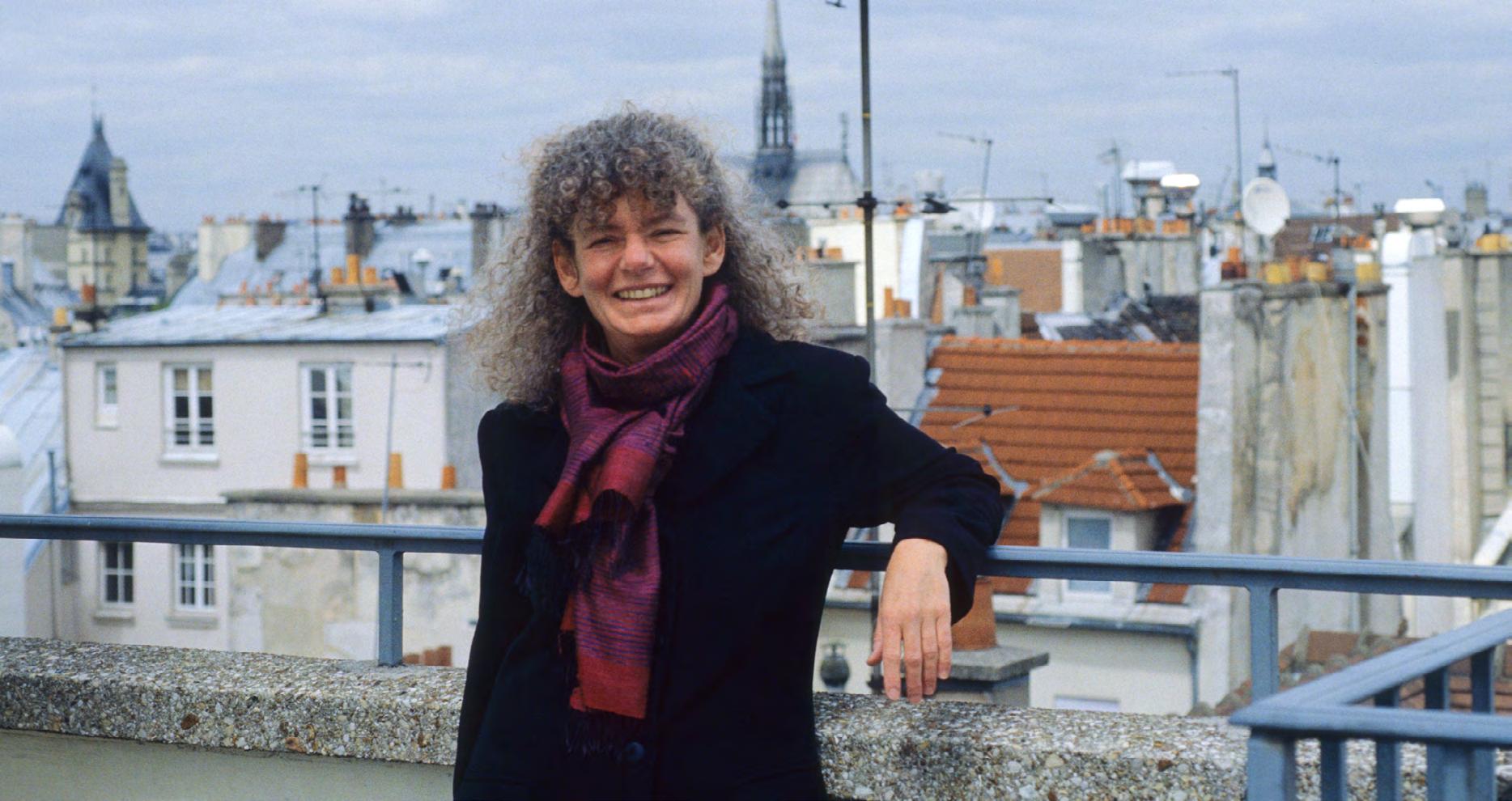
Liszt intersperses stringendi, what I would call slurs or slurps in the deep bass, syncopated onomatopoetic attacks which rise higher and higher. They seem to be the saint’s frenzied attempts to pull his feet free of the fatal waves. This is not a gentle miracle; it is David against the Philistines. No one ever said miracles were easy.
Liszt repeats the idea of the crashing left hand syncopated with the staggered chord-plus-octave ascent of the right hand. These patterns are the hardest part of the piece, behaving in two differing patterns, requiring the brain to split in two, which, after much practice, it will do, but only if you’re lucky. The stringendi repeat, but move a bit farther up the bass. Again, the syncopation and the stringendi.
Then the syncopation occurs again, but the stringendi turn into ascending thirds in the bass. (Thirds are notes played together which are three tones apart.) These are more serious waves. Two quick treble chords sound a note of alarm. Maybe the saint is scared. But there is a sense of achievement as well to the harmony.
78-82
Liszt likes this pattern, so he repeats it two more times.
Measures 82-85
Then the pattern repeats in a slightly higher key and is played twice more.
86-90
Now massive staggered chords alternate between the hands, copying the pattern of the beginning tremolo back in measure 6, but this is Liszt’s typical virtuoso trademark, and perfectly shaped to imitate a powerful, surging sea, even though he uses it often for no reason at all other than effect. But here it also has meaning behind it.
These chords turn into staggered octaves, also patented by Liszt, surging higher and higher. These are the most powerful waves so far. It seemed a few minutes ago that nothing could top the terror Liszt had already created. But he does. And he will continue to do it. Just when you think he can go no further, he does.
The octaves have led up to these trumpeted chords calling out to heaven and to the crowds on the shore and in the hall, announcing the coming of something seminal. Usually it’s the entrance of a king or a president, but here it is the vision of the saint, hands extended, calming all of nature with his trust. His theme rings out, echoed in the bass, and it erases the memory of the “perfect storm” waves of only a second before. It is all light and glory.
101-102
The sea is forgotten, only a few octaves in the bass left over, but these are supportive, entirely at the service of the preening saint.
103-112
The saint walks on the water at last. This is the point of the piece, what we’ve been waiting for. It’s the miracle. The chords and the harmonies become more and more glorious.
111-118
The trumpets repeat even more powerfully in the heavens.
Measures 119-120
A short octave section echoes earlier bass modulations.
Measures 121-124
The trumpets echo more powerfully in the bass, down beneath the water. Immediately octaves in the heavens weave a web over them leading to the next change of chord, what monks in belfries called “ringing the changes.”
Measures 125-126
The trumpet theme gets shorter and more insistent.
Measures 127-132
Surging octaves sweep all before them. This is the ocean theme, but it is the “ascension” theme as well, the ocean now conspiring to support the saint in his domination of it, lifting him higher into the sky.
Measures 133-137
Now four penultimate cresting waves support the ascension of the saint. More specifically, four apocalyptic chords are followed by arpeggios in contrary motion, so that the conflict, the bifurcation between calm saint and raging nature is again revealed, now more emotionally.
Measure 138
Silence. The same silence returns after the storm as we heard in the first few measures, 10 minutes ago. But now it sounds quite
different. It’s not the silence of dread, of trepidation, but the calm after the storm. The saint is beached.
Measures 139-152
Onto this storm-lit lapping strand slips a yearning theme, the salon motif. I justify it to myself as representing the world of flawed mankind, the crowds on shore losing interest and wandering off, leaving the saint to realize that he really has performed the miracle for himself, for his own catharsis, just as the artist finally makes music for himself, unsupported by society, except for understanding audiences.
How many people really knew what was going on when Liszt or some other pianist performed this? How many pianists see it as little more than a little-performed, almost forgotten curiosity? This is Liszt’s sad farewell to the world, which he knows he will turn his back on as he grows wiser, as he no longer needs the adulation of society.
Underneath this trivial theme the subsiding growl of the waves occasionally erupts, growing more distant. I have exaggerated this effect a bit to save the melody from being too obvious. It keeps this important post-ascension moment from losing the truth built up by the earlier work. Mussorgsky’s Night on Bald Mountain has a similar but more extended calm after the storm.
Measures 153-154
You can hear echoes of Liszt’s Liebestraums in the single “leading” notes that progress to the “leading” chord. (“Leading” notes and chords are the ones that inexorably have
to end somewhere else, notes that by themselves simply point the way to the next note or chord. They have to resolve, they are cliffhangers. They ask the question, “And then...?”)
And then soft octaves in the bass descend. They are the same notes which ascended, now reversed. What went up to heaven can reach down into the revealing depths of the sea as well, it’s the same motion really. These are repeated three times, building.
The notes reverse and now ascend in the final climax of the piece. This is the point which Liszt has worked so hard to make, the author’s message. It is shot through with the radiant aura of above-the-clouds epiphany used by so many of the paintings of the ascending Christ. It is 500 years of
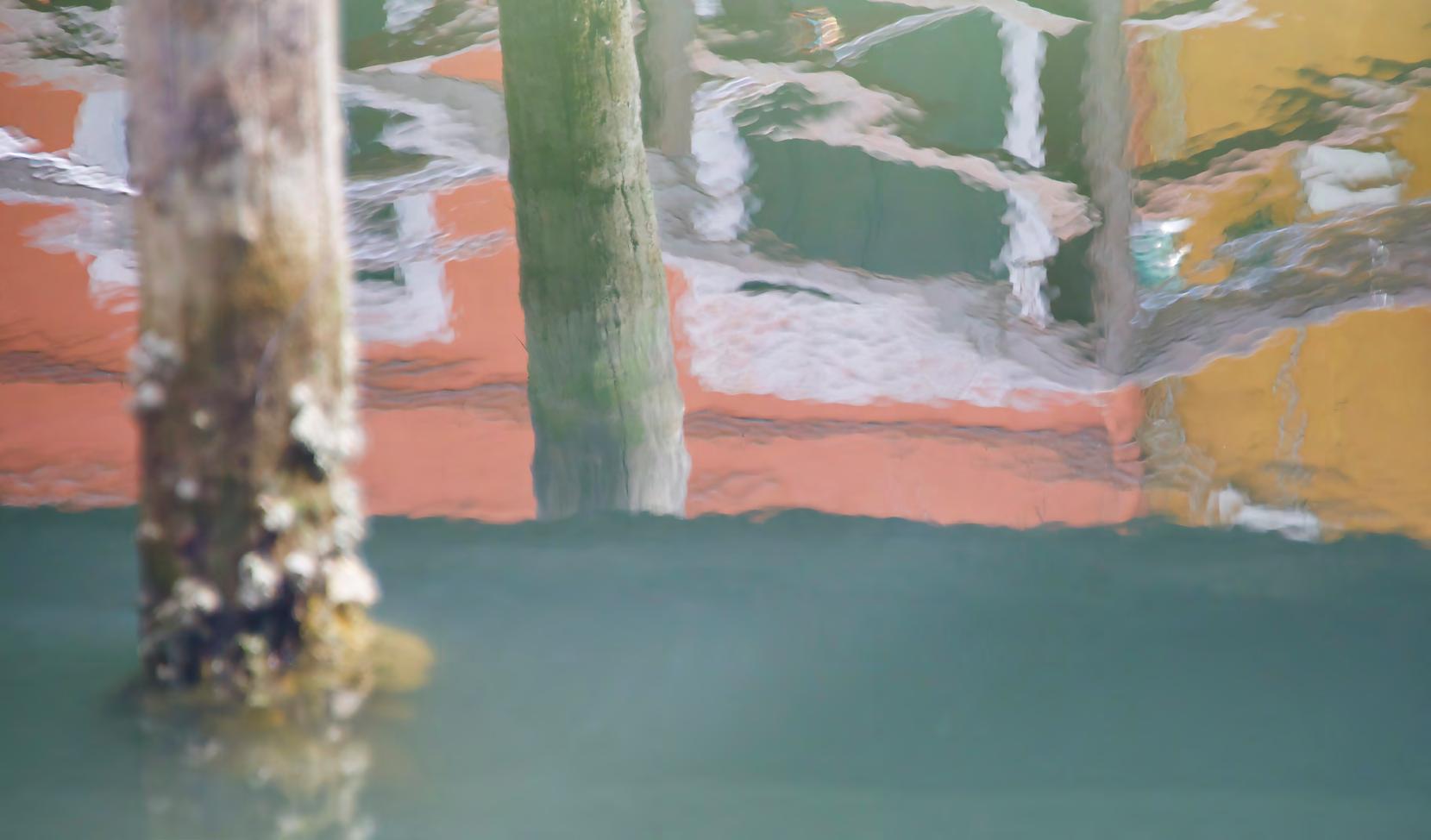
tradition, imitated by everyone from Tintoretto to Le Nôtre. There must be an element of this luminescence in the Steinle commissioned by the Princess Sayn-Wittgenstein and hung by Pope Gregory XIII in the Vatican.
Measures 163-164
The same ethereal melody, slightly varied, now rises up from the bass while the gossamer fires of sunset, the traditional hues of resurrection, play around the edges of the clouds into which the saint ascends, because this saint not only walks on water, he takes it to the next logical step: he walks on clouds. He is Christ himself. This is a great composer and mystic creating as much as he can of heaven.
Brahms, Mozart, and Verdi in their Requiems, Strauss in Also Sprach Zarathustra, Schoenberg in Verklärte Nacht, and Mahler in all his symphonies, his last four songs, and his Kindertotenlieder, also achieve this sublime transfiguration consistently. Wagner achieves it in Tristan und Isolde. Metaphors of sublimity. The musical equivalents of the highest possible philosophic expression. Man at his most godlike.
Measures 165-167
The high tremolo now echoes the low tremolo with which the piece started. But instead of threatening, the water has been translated into water vapor, into the moisture which gives us

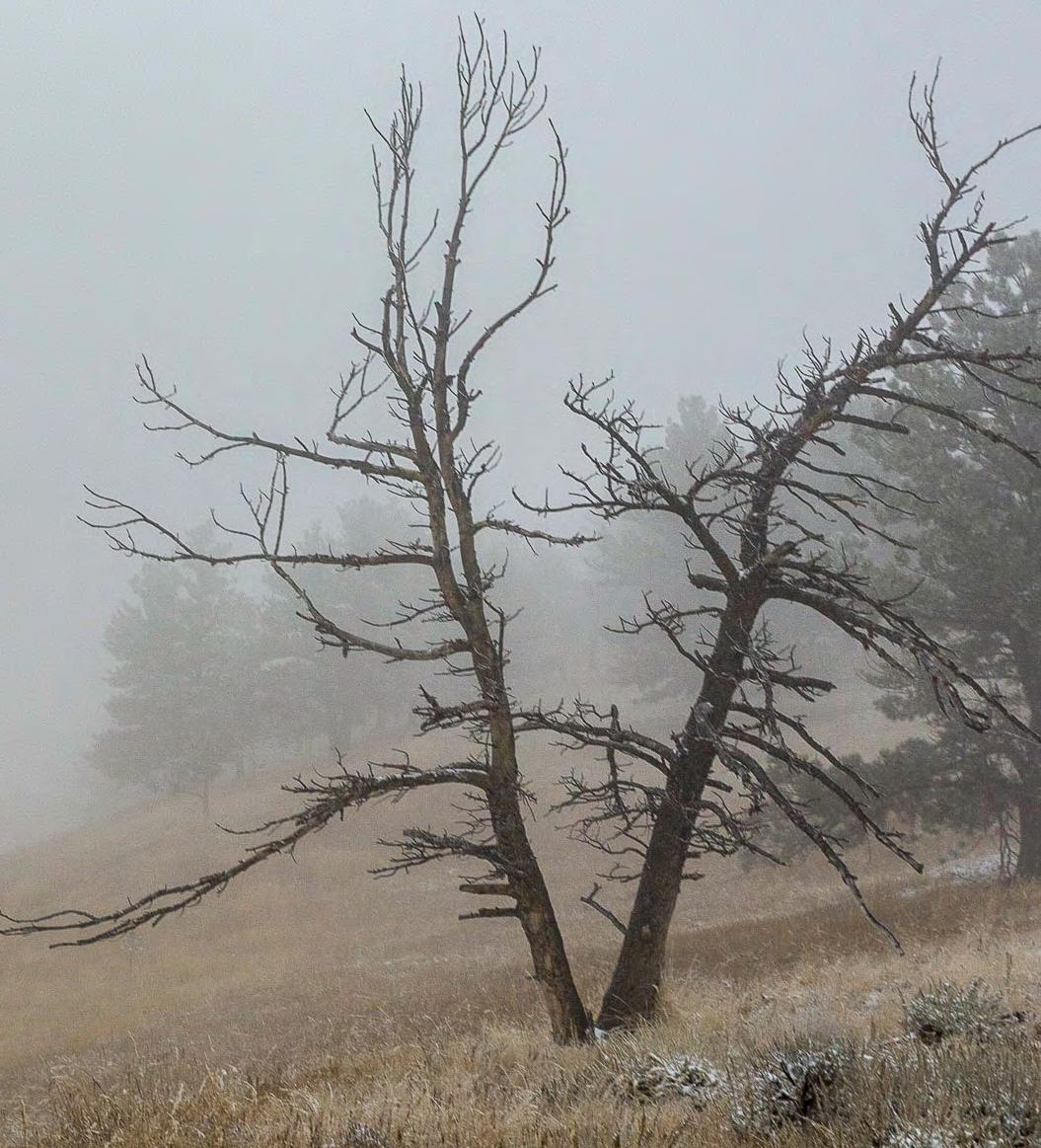
the sunsets of Bierstadt, Friedrich, and Turner. It has been translated into something much better than terror. Revelation, catharsis, transcendence are possibly flip sides of terror.
This water vapor drips down in thirds like Portia’s gentle rain from heaven, falling on the saint beneath. Underneath these gossamer skeins of beaded light,the saint rises heavily on his octaves. Ascension is hard work. Again, two contrasting themes must exist simultaneously, very hard to do at the climax of the piece when the blood wants to rise with the saint. But restraint is indicated,offering a small trou normand, a respite before the final apotheosis.
The rising octaves also suggest waves, which were formerly represented by rising scales and rising arpeggios. As the octaves near the top, they turn into variations on the sublime “author’s message” theme of measures 161 and 162.
This combination of octaves and theme happens three times. Having said all he can say, the summit is reached and the saint is safely stowed away in heaven.
Four massive chords put the world to rest. As the piece began with one note isolated in its own measure, it ends with that very same note in its own measure. It isn’t the resolving tonic note at all, but the subdominant note. That is, the piece continues. In Hollywood there would be a sequel. But Liszt intends his sequel to be in heaven, or in what listeners will carry with them out of the hall.
The quarter note that began the piece is now a whole note (which is four times as long). So things have expanded since the piece began. Time has slowed down. This largo, or largesse, is the perfect calm, the assurance of paradise found, and time regained.

5.
Barcarolle, Op. 10, No. 3, G Minor, 1894 5:06
To me this is a wistful evocation of the mists of the Venice lagoon that render it otherworldly, especially when the fog descends on the lights of town and bridges appear gradually out of the night.
It can be played as a mindless race to unknown lands, but I find it more beautiful when its structure is more apparent and its chromatic descents in the con moto section are more languid, less frenzied. I think it loses its musicality when played too fast. When water becomes too turbulent it loses its shape.
Rachmaninoff wrote its four-note broken chords to fit nicely in the hand. Even when the chords change key, the new hand position is nearby, convenient, and in the same pattern as the prior figures. It’s made to be one of those lollipop encores, like Liszt’s “Gnomenreigen,” or “Grand galop chromatique,” MacDowell’s “Witches’ Dance,” Friedman’s “Music Box,” Moszkowski’s “Étincelles,” and so on. Perfect short encores to bring down the house. Pieces that can’t survive at any speed other than presto.
This barcarolle galumphs chromatically down the keyboard, a half note at a time, like Mussorgsky’s Baba Yaga and her skittering chicken-legged hut.
Possibly it’s absurd to try to slow it down; but I think, played with some restraint, it leaves a residue of a certain decorous beauty which disappears at high speed.
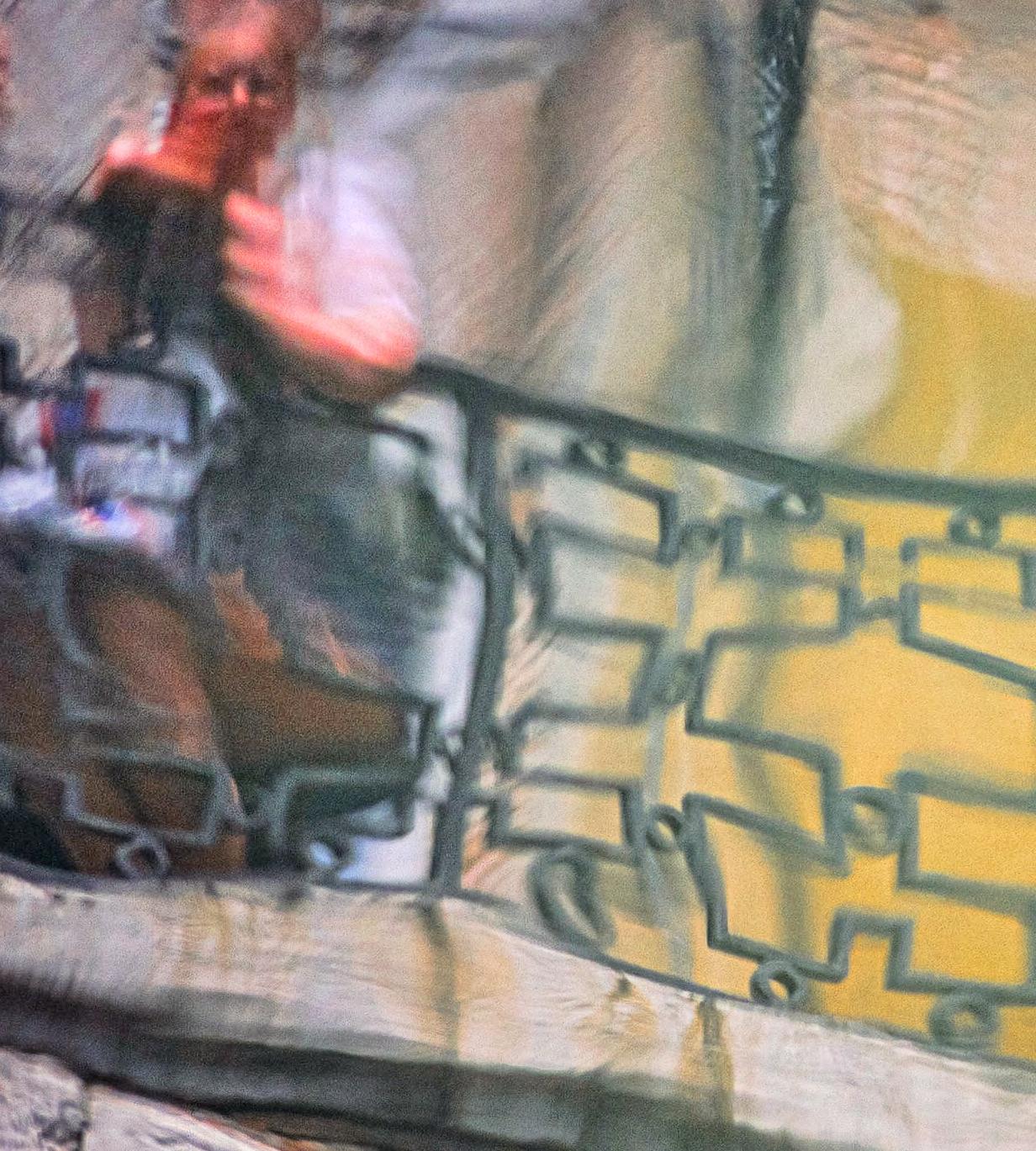
Franz Schubert—Franz Liszt: Mélodies hongroises d’après Schubert Divertissement à la hongroise) Op. 54, 1846 6:22
Originally composed by Franz Schubert as a piano duet titled Divertissement à l’hongroise (Op. 54/D.818), the entire work was arranged for solo piano by Franz Liszt. This is the third movement, Allegretto. Its lilting gondola theme grows into the most captivating variations, with great good humor and many harmonic epiphanies.
Liszt, “the mad, handsome, ugly, enigmatic, terrible, often very childish child of his time,” said Heine. The redoubtable Eleanor Perényi, born Eleanor Stone in Washington, D.C., later incarnated as the queen of gardening, the Ninotchka and Rosalind Russell of Stonington, Connecticut, as much a Baroness as Maria von Trapp was, and incidental rhapsodist of the inimitable Liszt (Liszt: The Artist as Romantic Hero), calls his Hungarian finery “as glittering a parure of costume jewelry as exists.” Perényi felt that “[t]here is rough justice in the fact that Liszt’s Hungarian Rhapsodies, in his lifetime his most acclaimed works, should be more responsible than anything else for his later disrepute.”
The Roma played tourist music for Liszt, and Liszt, besotted with the idea of being “the first of the gypsies,” adapted their
subterfuge into a national identity, forged and self-serving as it was. Musset said no art was so perishable. Liszt was Byron, an Errol Flynn one step ahead of his wicked ways, worried he might be understood. As Oscar Wilde said, to be understood is to be found out.
Perényi also mentions that Liszt was “the first peformer in musical history consciously to relate his life to literature…. If Byron and Victor Hugo had never lived, there would have been no Liszt.”
Liszt’s Venice owes much to Goethe, Schiller, Senancour, Byron, Rousseau, Lamartine, and Chateaubriand. The early Gothic conceit of travel as a way of expiating one’s sins (or avoiding the repercussions of them) led Liszt, buccaneer and penitent, to prostrate himself on the stones of Venice a few years before Ruskin did.
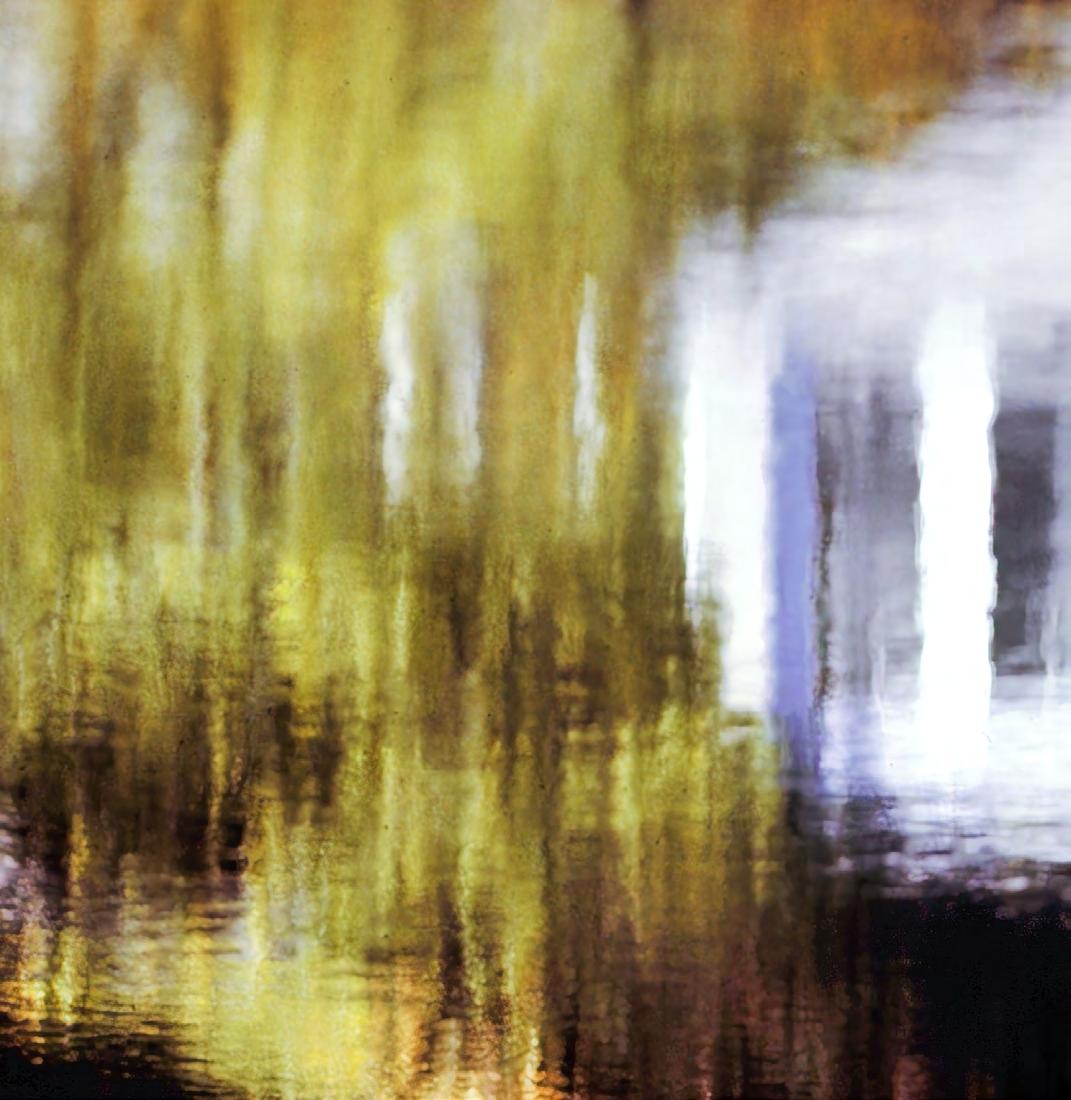
But like his Dante Sonatas, based on a reading of Victor Hugo’s poem “Après une lecture de Dante,” which is about a reading of Dante, Liszt’s Hungarian threnody is several levels
removed from Hungary, based on Schubert’s Viennese idea of a Hungarian melody, including an imitation of the Roma cimbalon, a folk dulcimer or Turkish bağlama. Liszt could reproduce anything he heard on the piano, such as the diablerie of Paganini’s violin, the expanded orchestral effects of Berlioz, the beauty of Schubert’s voices, and here, toward the end, the theme is embellished with Schubert’s suggestions of the Ottoman marching janissary, with its cymbals, timpani, and the even more exotic zurnas (reed pipes), boru (trumpets), rattles, and the differently voiced drums, davuls and naqarehs.

There is a more virtuosic version of the Hungarian Melody which is so busy it misses all of the poetry of the simpler version, although it captures the chaos of an Ottoman marching band. Liszt varied his pieces whenever he played them and only had time to write down so many ideas. Liszt’s immense virtuosity
was his own worst enemy, but he wasn’t very good at getting rid of it. He succeeds best when his own emotions break through the nationalistic fog, as they do here.
In a similar way, the simplified 1852 versions of his 1826 Transcendental Études are vastly superior musically. He dropped notes to find the heart of the music inside, the way Michelangelo chiseled away all the marble that wasn’t David.
Liszt first went to Italy in 1837 with Marie d’Agoult, his first great love, staying at Lake Como and in Venice. He was later to make much of Venetian songs and Roman fountains.
Schubert, Liszt’s exact opposite, was ignored during his lifetime. He played marches in the suburbs at parties for his friends, and avoided Vienna and Beethoven. Only after Beethoven died did Schubert dare to be himself.
In 1824 he wrote his Hungarian Melodies for four hands. Playing duets at parties was a way of staving off more serious concerts. In 1828 he gave the only known concert of his own works in his life. He died shortly afterward, at 31, with the world unaware of who he had been.
But Liszt knew, and nine years later he turned Schubert’s happy rower into a religious apotheosis, a harbinger of his celestial music. The gondolier rises to heaven as surely as Saint Francis did 20 years later. Although the stolidly stroking Viennese gondolier is more subtle than the saint.
I favor the more lyrical melody over the robotic rowing rhythm. For all of Liszt’s cleverness, Schubert has left him with a Lied, and the point of the piece is to make it sing, not row. It is a gondolier, not a gondola. If you dig deep enough, you can find Mozartean and Brahmsian lushness in Liszt’s brilliantine bluster.
Gondoliers compete across the ripples of the canals with dueling operatic arias, Italian folk songs, and ballads from the Balkans. Venice is tucked into a corner of Italy ringed by Austria, Slovenia, Croatia, Bosnia, Serbia, and Montenegro.

North of Croatia is Hungary, filtered through its Adriatic neighbors. So Roma music is an amalgam of motifs from the old Ottoman empire (modern-day Turkey) with Persian accents.
The boisterous good humor of the melody morphs into moments of extreme beauty, where Liszt’s underlying religious melancholy turns the fun into something more sublime.
The rowing motif, a Sol-Do thrown off at the start, continues throughout the piece, mutating from simplicity into more ecstatic harmonies and adding descants, extensions, to the original note pattern.
By erasing much of the fireworks of his earlier version, Liszt manages to concentrate on his rowing theme long enough to worry it into an apocalyptic frenzy until it trails off, the sounds of the rowing with which it began echoing in the narrow stone canals.
This is the spearhead of his year of boat songs, hidden behind a thin Hungarian lace. Punting on Schubert’s melody gave Liszt the courage to pursue his programmatic portraits of water, lakes, valleys, storms, and trees. The Hungarian Melody joins Venezia e Napoli, his Gondoliera and Canzone in the middle of his first two Years of Pilgrimage, and just before his magisterial Weimar years. The 1840s was his virtuoso decade, but the tie to Schubert seems to limit the wildness to only a few diminished outbursts.
Verdi: Germont’s aria “Di Provenza il mar, il suoi” from La Traviata, 1853
4:50
Germont, the father of Violetta’s lover, Alfredo, has talked Violetta out of seeing him. In this aria he now tries to talk his son out of seeing her.
Dumas fils, who wrote the play La dame aux camélias, was himself the illegitimate son of one of his father’s mistresses.
And Verdi’s first wife had died of illness along with their child. Her father, Barezzi, not only disapproved of his son-in-law’s now living with a singer out of wedlock but also was Verdi’s great patron and supporter. So Germont represents a kind of deus ex machina to Verdi. The voice of 5,000 years of patrimony, especially significant in the feudal Catholic society of La Traviata.
Germont is telling a woman dying of tuberculosis to die alone and unloved because she has been a courtesan and is unworthy of being married to or loved by his son. Of course he is secretly comparing her to his dead daughter. And Germont doesn’t want the marriageability of his second daughter to be tarnished by Alfredo’s behavior. Out of these intractable family values is tragedy born.
Not only was Verdi’s father-in-law an idolized mogul, but Dumas’s father was the great author of The Three Musketeers and The Count of Monte Cristo. And Dumas fils gave up his own mistress because, like Alfredo, he couldn’t afford her. So there was much precedent for the values Germont espouses. Germont is worried his son will ruin himself supporting Violetta. Later in the opera, when he realizes how wrong he has been in every direction, he repents and shows immense remorse. Because, even above money, is love. He has denied his son’s right to love and be loved.
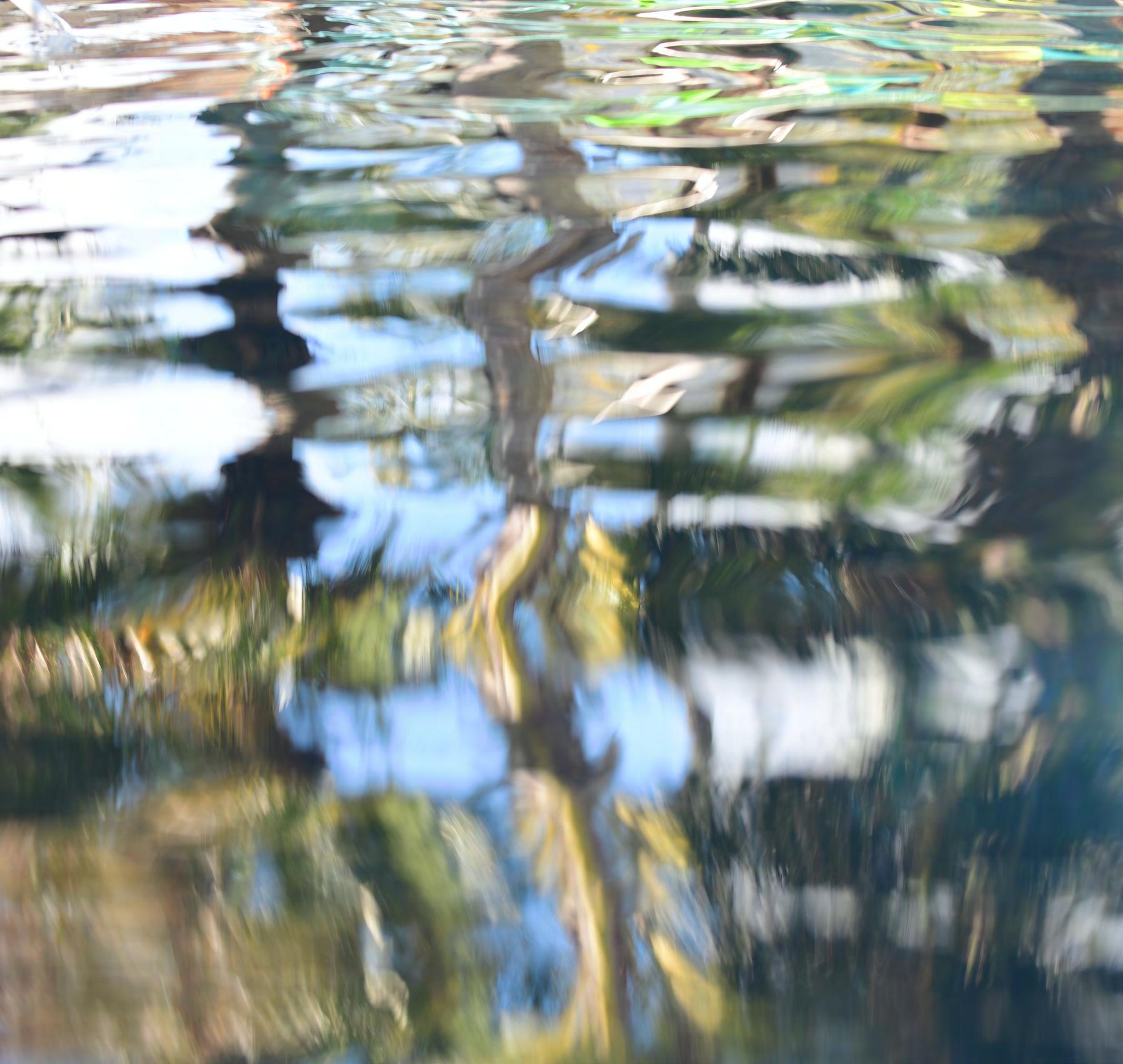
The ornament in the melody, an acciaccatura, is not a grace note, but a slur which focuses on the melody note. It is a sob of emotion for everything that is wrong with the moment, for the unfairness of what Germont is asking, for the death of his daughter-in-law, for the loss of standing which Violetta represents for him. But Violetta is in fact the karmic replacement for the daughter he has lost, and in damning her, he has
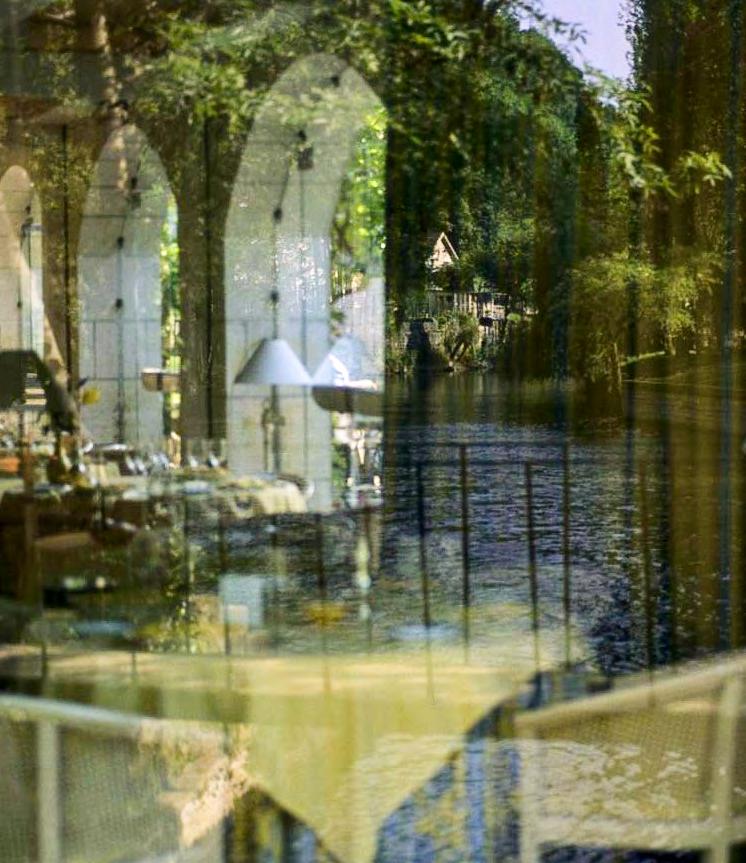
damned someone who would have been his future family, who would have been capable of loving him and his son unconditionally. In singing this heartbreaking bucolic, Germont has lost a jewel richer than all his tribe. He knows it because Violetta has told him she is dying when he leaves. It is this revelation which is the catalyst that produces this aria.
Rather than a boat song (because we have not gone to Venice), this is a bucolic, whose lilting rhythm represents the calm married life Alfredo might have in the countryside, without the trauma of nursing a dying Violetta in the city. The beauty of the barcarolle is here adapted to other uses. In finally embracing Violetta, Germont redeems himself, and possibly the age, favoring a tolerance for love over the loveless strictures of his own generation. Ultimately, La Traviata advances the hope that the story of Violetta’s death has corrected society forever, and that love now reigns supreme, as it does at the end of The Mikado, as it does at the end of Romeo and Juliet:
See what a scourge is laid upon your hate, That heaven finds means to kill your joys with love….
It is love, actually, that kills our hates. But it also kills our joys, our very lives. In tragedy, as the Prince in Romeo says, “All are punishèd.”
I’ve made my own transcription of Germont’s aria with a simple orchestral accompaniment beneath it.
(1894, revised 1901),
As I wrote in my essay on “Clair de lune” in Volume 1 of The Himalaya Sessions: And so, suspecting what was coming, Debussy may have been aware that he was celebrating the past even as the world was losing it.

Bach’s sarabandes were the soul of his suites, where the author’s message took place. The surrounding gigues, courantes, and bourées were lures to entice the listener into the inner chamber, the sanctum sanctorum of the suite, by which time they were palliated, lulled into submission, ready for the depths.
A sarabande was a sensuous, tempestuous Moorish dance in Spain in the 16th century. When it spread to France, its demonism was tempered into a slow court dance.
Debussy’s Sarabande is precisely that, a midsummer, lethargic pirouette in a sweltering sunroom. It builds to a false summit for a second, after which it immediately relapses into a languid reverie. The French are very fond of languorous weekends in the country during which nothing much happens. Time and again the crescendo amount to nothing. Chords cluster like cows around a mud hole, chewing their cud, until broken octaves ascend lazily into the haze of the summer day to a final minor chord, supported by three pedal points in the Corotlike fog. This is as close as Debussy gets to the earlier ribald rhythms of the pagan dance. The world is solved, midges swim in the indolent daze of the afternoon sun.
It was a decade until World War I, but artists, being prescient, were aware that Vienna was noisily waltzing its way over the failures of its economy, a miasma of slums and a police state glossed over by glittering balls, and so many moving parts that the intolerance beneath was invisible until it became the catalyst for the end of Europe’s complaisant social order, the end of the Habsburgs and in England the country-house society.
France was plagued by a national loss of identity as workers left the cottage industry of the countryside for the factories of the cities. Out of the new wealth flowed the middle class and the Belle Époque, and a leap in panache, gastronomy, education, travel, concerts, and nightlife. Support for Action Française and antisemitism increased the fascist leanings of the public. Nationalism surged to combat the growing German militarism, while national strikes by the workers were seen as the antidote to the politicians’ march to war.
Virginia Woolf said in 1910 that human nature had changed. As Phillip Blom writes in The Vertigo Years: “Until that point, [Woolf] claimed, novelists had been able to describe the world more or less as it was, whether they concentrated on character or story or chose their characters as examples of larger ideas. Now, however, the tools of narration seemed inadequate for fixing on the page the feelings and nature of people and events. Once sophisticated and exact, language had become ‘the sound of breaking and falling, crashing and destruction’.”
The Dreyfus case catalyzed the breakdown between the church and society. It continued from 1894 to 1906. Zola wrote his letter, “J’accuse...! ” in support of Dreyfus in 1898.
Beyond the musical Impressionism as in Jardins dans la pluie, the Gregorian modalities with their churchly stillness as in Sarabande, the burlesque use of notes as sound effects, as in “Général Lavine, eccentric,” and the musical puns, as in his use of Czerny’s studies to portray a young girl, bored with the
scales, turning to Impressionistic dreaming and creating a new work out of the scales, as in Doctor Gradus ad Parnassum— beyond these particularities, these diversions of music into stories or jokes or ekphrastic descriptions of paintings by Renoir, lies the raison d’être of Debussy.
This for me is linked with the inexplicable beauty of Paris. You can explain the appeal of Paris with Beaux Arts architecture, cobblestone streets, Gothic churches, the Tour d’Eiffel, the Belle Époque restaurants like Maxim’s or Ledoyen, the Guimard Art Nouveau guichets above the stops, the Palais Garnier opera, the Opéra Comique, the Cluny Museum, the Pompidou, and so on: the list is endless quirky.
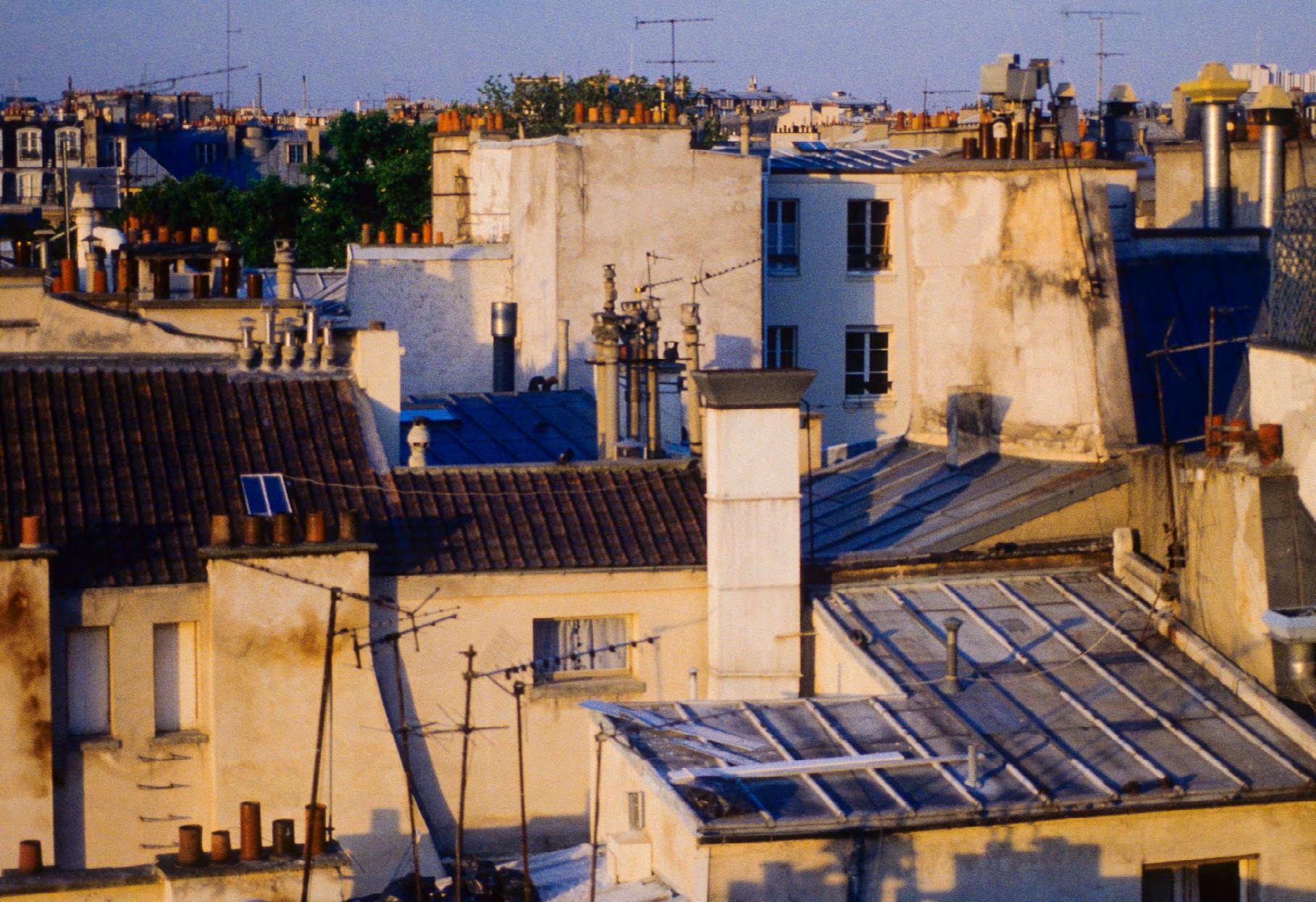
But the real heart of Paris is the lifestyle it suggests. Lazy afternoons around the café in the Tuileries, with the focus being on the fireflies floating lazily in the dusk around the small metal tables. Short strolls in the Luxembourg Gardens, especially around the bandstand (where I wrote the poem “Your Father’s Flowers”) and around the chestnut grove in the rear corner (where I wrote the poem “Marrons Glacés”).
And especially the small garden, the Square Boucicaut, across from the mauve and cream Bon Marché department store. This garden isn’t large; it’s a small dirty-yellow sandlot with a few benches and a small roundabout. The people who go there are mainly nannies with quiet children, whose playing is traditionally well-behaved. It’s not busy, and mostly feels deserted.
Nearby is the Square des Missions-Étrangères. Even smaller, its main attraction is the ability to sit down in a bucolic space in the midst of the bustling rue du Bac, surrounded by the elegant plaster moldings of hôtels particulières, and read a book, hidden under the white blossoms of cherry trees and the creamy torches of the chestnut flower, absorbing the screams of les enfants terribles and the diesel of buses, so that the mottled haze of Paris in the spring nestles inside you forever.
These gardens take you back hundreds of years, into a Paris of carriages, gas lamps, games of hoops, Proust. His parades of Latinate modifying clauses marching before the final surprise of the verb spread a warm candlelight over the benches at twilight, as the moderate summer day dwindles on the cobble-
stones and chandeliers flicker on through the rich leaden glass of French windows.
This is the Paris of families, of the haute bourgeoisie, of children who are soaking up what it means to be French from the blond dirt, the iron balustrades, the leafy quiet of the parks. Such bucolic still lives create a silence inside of which Debussy’s chords are born. Not his scales or even his rains of arpeggios, but the flowered afternoons out of which the notes arise, unselfconscious, modest, umbrageous, tenebrous, bosky, redolent of the countryside at St.-Germain-en-Laye, where Debussy lived until he was five, or of the Parc de Saint-Cloud with its forest paths and green copper cafés. Every wood is an adventure, in food, in verdure, in mystery. Or the fountains Sceaux, the forest at Fontainebleau. Taken together, all of this where Debussy’s heart was, where he raised his daughter Chouchou, where his

music came from. Not the notes or technique, but something deeper: what Brahms called Sehnsucht, a nostalgia for the past in
the teeth of the present, when life was even in 1901 giving signs of becoming disruptive. Like Renoir’s, Debussy’s heart was in the guinguette, on the Seine in the Sunday sunset. It was obvious to an artist that society was falling apart. Yeats codified it later in 1919 in “The Second Coming”—the center cannot hold. Stravinsky did it in 1913, before the war, with Le Sacre du printemps.
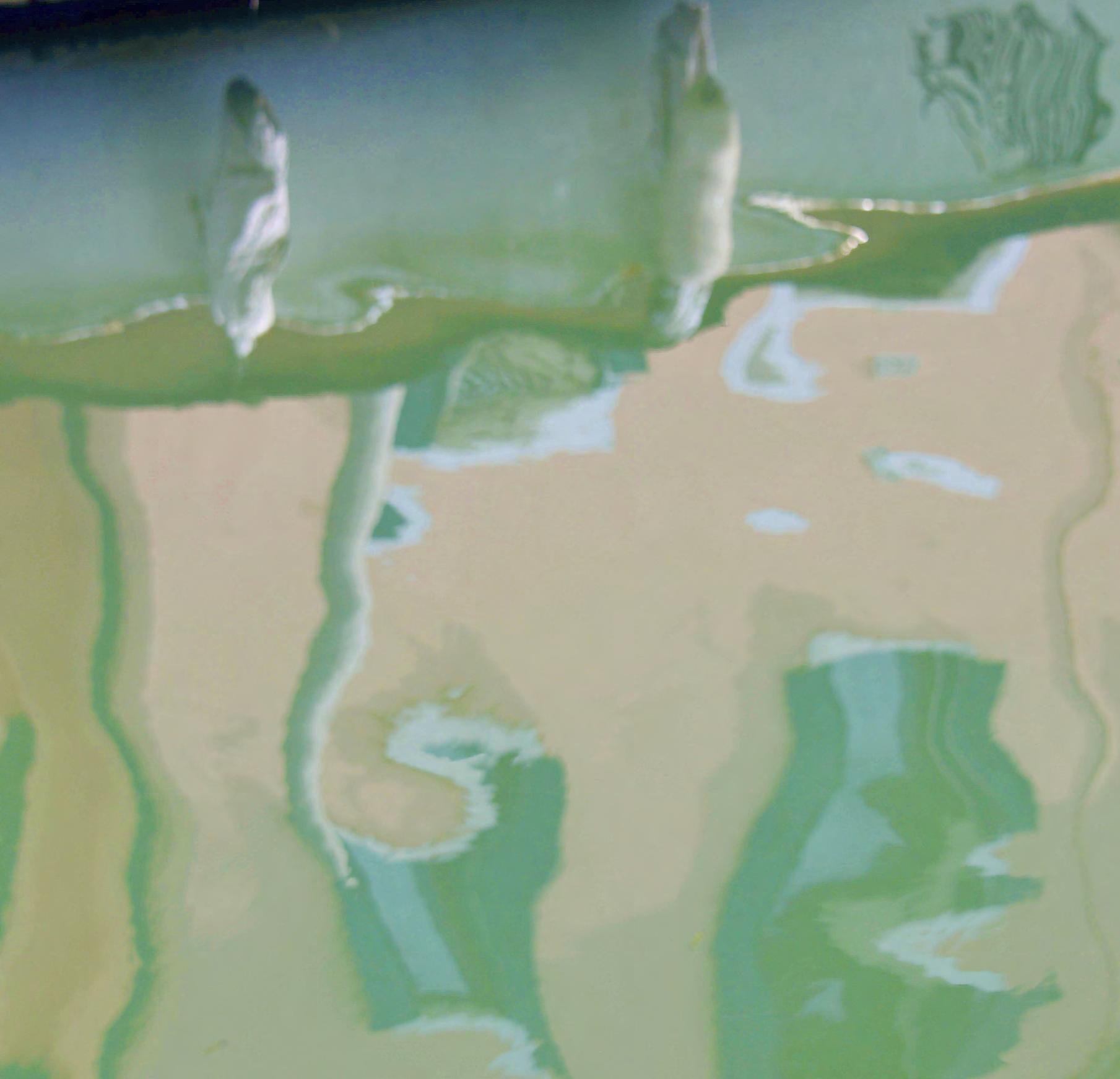
So Debussy’s rippling calm was ripped from the chill, the hints of discontent in the cafés, the nights of frustration along the quais on the Seine, the gouffre in the gaslit ruelles of Montmartre. It comes to us today free of its context, a simple turn in a dance hall, a lament under the châtaigniers. Back in the 16th century, a sarabande had been an indecent Dionysian tango. What swirled around Debussy’s Sarabande may have been just as lurid, the tremors of war, of the slow twilight of the fin de siècle. But its innocence falls free of any backstory, of the scandals of Debussy’s love life.
He wouldn’t be famous until the next year, in 1902, with his opera Pelléas and Mélisande. Here he is, perched on the fulcrum of the century, ingenuous, freed from all harm, lulled to sleep by night flowing through the chestnut trees.
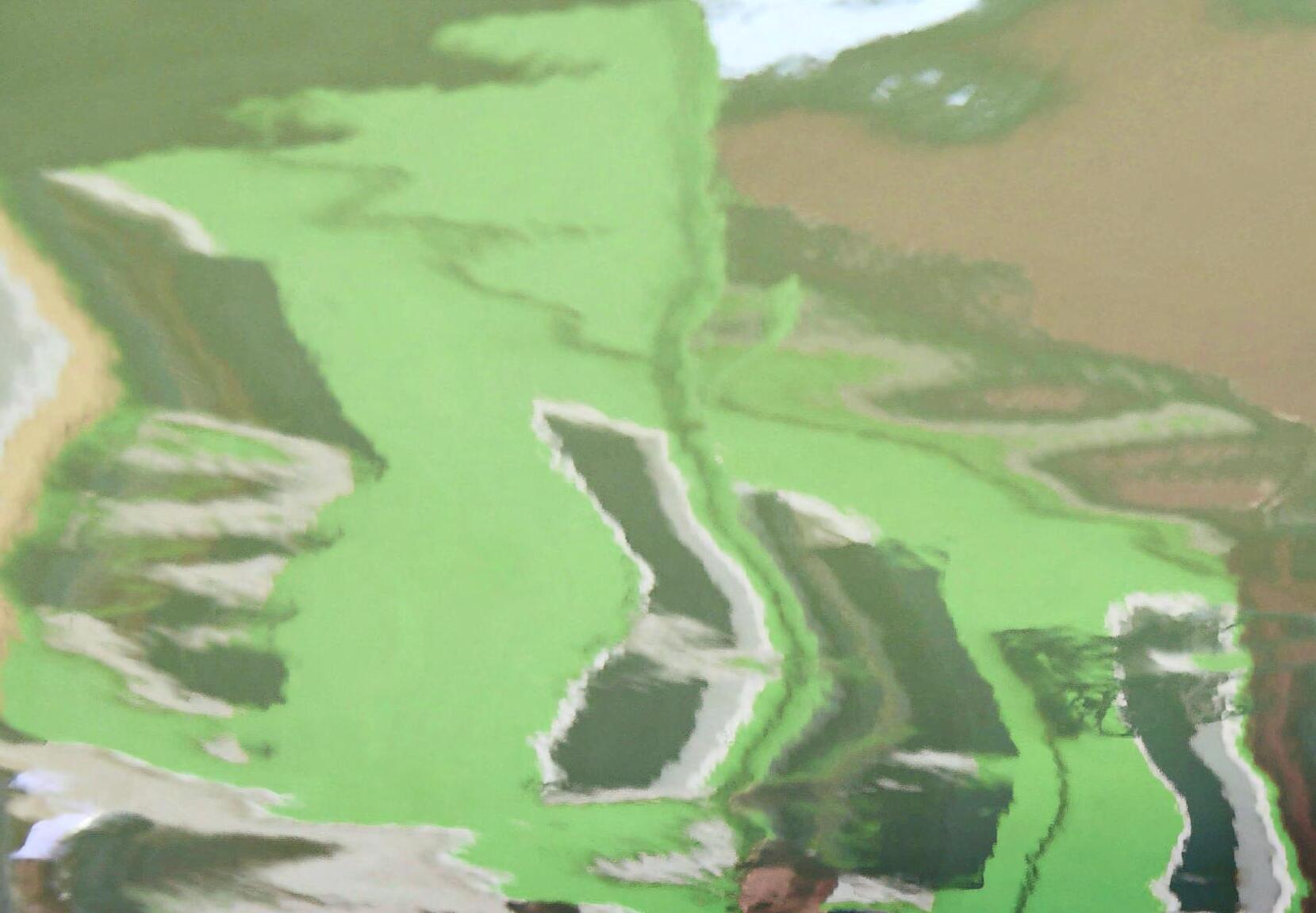
The urge to play all music fast (other than études and encore pieces, which are meant to be crowd pleasers) is to reward the barbarians at the gate. Someone asked the pianist David Saperton why he played the Schumann Fantasie so fast, and he said, “Oh, I can play it much faster than that.”
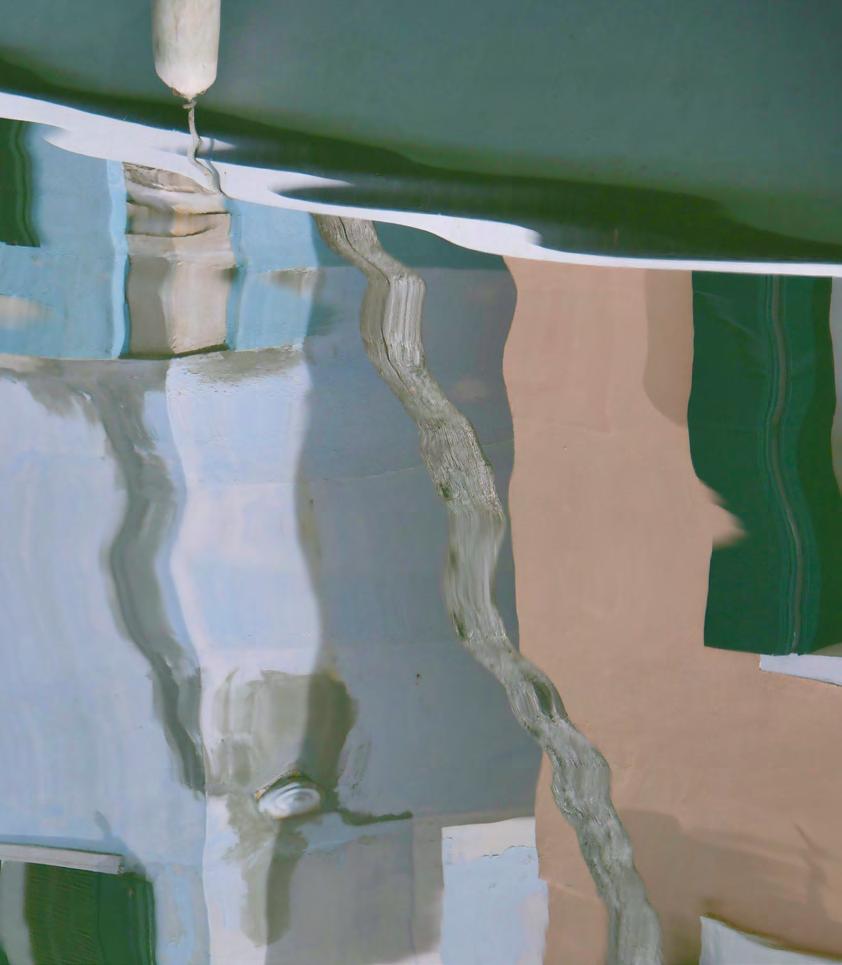
The New York Times critic Harold Schonberg, author of The Great Pianists, used to bring a stopwatch to concerts. If you played a second slower than his comparative speeds (say, by Horowitz), the pianist was considered inferior and the concert a bad one.
Because of recordings, and the attention granted virtuosos, the same penchant for speed has become the arbiter of what passes for competent piano playing. No one dares come in a second slower, for want of their immortal soul, or worse, their reputation.
The irony of this arms race is that Steinway’s Accelerated Action, installed as a marketing term in the 1930s, was discontinued in 1983, when it became generally known that it actually slowed the piano down.
Every so often a pianist dares to slow music down and let it breathe. Either they are damned forever by critical consensus, or they are well-respected enough to be praised for it. Examples that come to mind are Radu Lupu, Myra Hess, Elisabeth Leonskaja, and, more recently, Anna Geniushene. When Leonskaja played the last three Schubert sonatas at Snape Maltings in England, there wasn’t a single one of her CDs left on the racks by the end of intermission. You could have heard a pin drop in the gorgeous barn for three solid hours. Audiences understand when tempos are humanized, attuned to breathing, when you can hear the music because you can absorb the notes at an intelligible pace. Lang Lang brought down the house when he slowed down
Debussy’s simple “Rêverie,” as did Horowitz when he would play Schumann’s “Traumerei.” Many pianists have made the Chopin E-flat Nocturne a successful encore by slowing down the pulse of the crowd. When the Circus Maximus demands blood, sometimes giving them the deeper music of the night is the contrast that makes the difference.

But it isn’t the impact on an audience; it’s having the space, the time, to explore touches, accents, slurs in the music, to be able to make it more personal, more human. Inner voices, lifts, legatos, simplicity, all resonate more effectively at slower tempos. Audiences profit from such displays of restraint, tolerance, humanity, if they have the patience to allow it.
In “Doctor Gradus ad Parnassum” (in volume 4), Chouchou’s growth into a pianist isn’t possible if the piece starts too fast. It has to have room to grow. Not just in speed, but in tone. In “Passepied,” the pity of the lyric theme is lost at a breakneck temp; it needs to breathe, to sing.

The rich tonality of its repeated notes has no sostenuto, no ringing out, at great speed. The poetry lies in the ability of a pianist to have mercy on his melodies, to have the gift to be simple. As Pope wrote, “Simplicity is the mean between ostentation and rusticity.”

“I regret very much your decision to publish ‘Rêverie.’ I wrote it in a hurry years ago, purely for material considerations. It is a work of no consequence and I frankly consider it to be no good!”
This is a composer unsure of his talent, needing affirmation, covering himself in case his short but immortal effort might be perceived as worthless by, well, anyone. One sneer from a bouquiniste, and he would have disowned his genius. All of us have a great responsibility to encourage people at moments like these.

Debussy—nicknamed Chilo, meaning “Chouette,” maybe in English an approving, affectionate “Dude” —called his father fondly “ le vieux galvaudeux,” the old wastrel. His father loved music and was a great consumer of all forms of art: books, theater, opera. When the family china shop in St.-Germain failed, they all
moved to Paris, eventually settling in the rue Saint-Honoré, and Debussy ended up on what became the Avenue Foch, one of the elegant streets around the Arc de Triomphe in Paris, where Arthur Rubinstein later kept a townhouse.
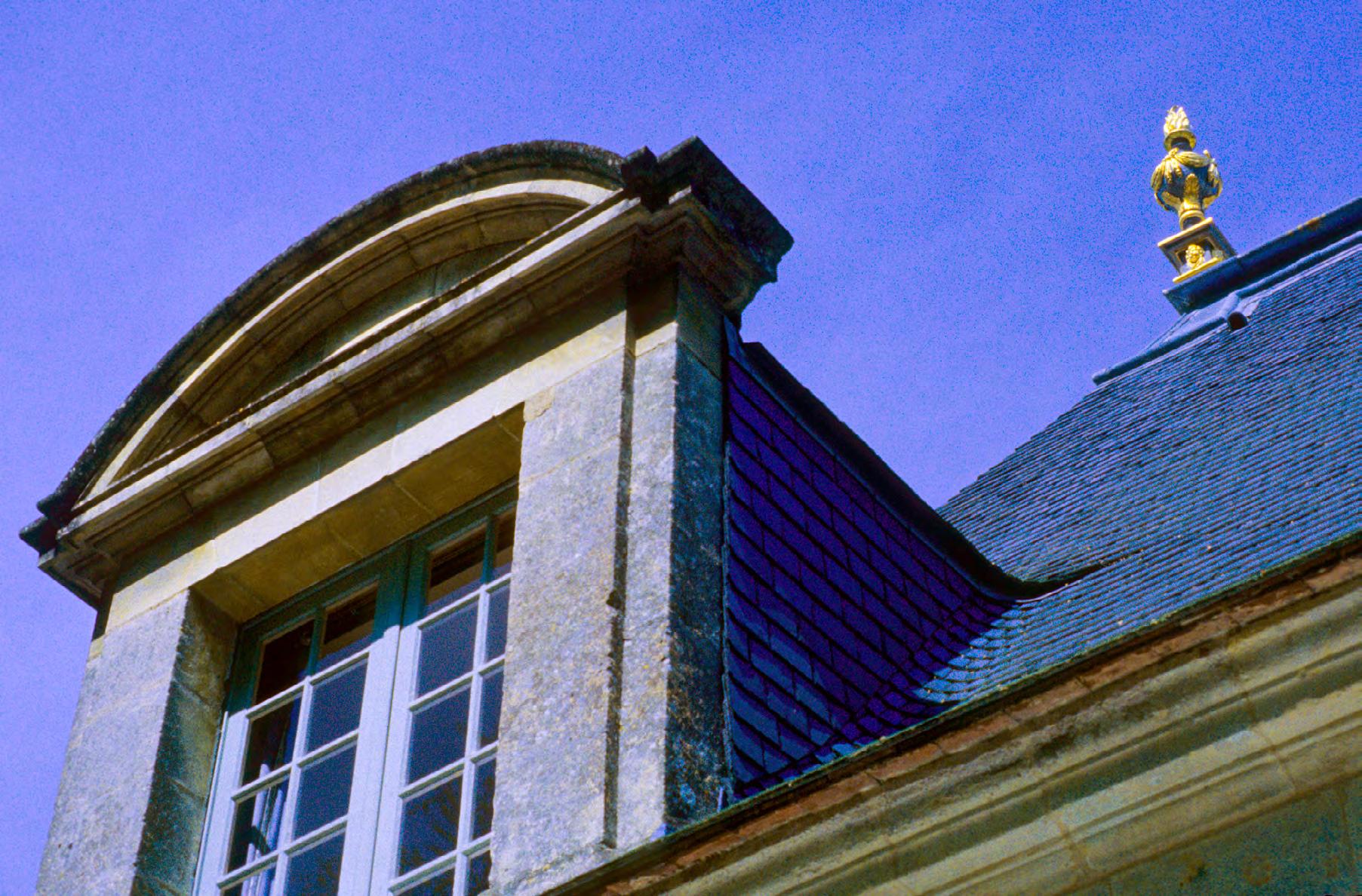
Despite his self-denigration, in fact the mother of Verlaine’s mother-in-law, a student of Chopin, got him into the Paris Conservatoire at age 10. Debussy never looked back. He had never gone to any normal school.
The piece that Debussy pretended to despise was used by Lang Lang as his final encore at a concert in Paris. “Réverie” seems to contain in its dreamscape any concert that precedes it. It’s a kind of dreamcatcher. Later, after his daughter Chouchou was
born, Debussy would imagine her dreaming her way into becoming a great pianist, which is possibly good advice. But even before Chouchou, her father could dream his own way into the subconscious of humanity, as Joyce’s Finnegans Wake is a long dream.
“Rêverie” is a dream dialogue, where the half-awake brain answers its other, sleeping half. The two parallel universes finally unite into a delicate explosion, as if the sun has come out in force to focus on a dripping branch.
The falling strain of the first four notes seems to represent water dripping off a leaf after a rainstorm. Other leaves answer the drip with their own trickle, and before long the silent observer, Debussy, realizes that the whole tree is alive with small cascades, like jeux d’eau. It is a water engine. Debussy is the poet of water, of the small details in a Paris park that are stand-ins for vaster cosmic gears.
Lang Lang pauses before the final chord, because it is the apotheosis of the drips, when in fact they don’t fall down but up into the skies, as if the storm light is suddenly focused on Debussy’s small tree, and it comes alive with fireworks.
Such pauses, rubatos, let the music breathe; they let it live, and become a universal metaphor, the way Debussy hopes people will perceive it. They humanize the music beyond mere notes. As Schnabel said, music is just the start of it.
Despite Debussy’s misgivings, Fromont printed the notes the way Editions Jobert and Durand et Compagnie later would, on oversized textured hemp, in the tradition of French literary publishing which includes the large-flapped densely woven rag pulp yellowish deckle-edge paperbacks which connote depth and elegance. I remember when I was around 14 making a pilgrimage to Editions Durand in the Place de la Madeleine in the charming 8th arrondisement of Paris, and buying some of their large broadsheets of Ravel, Debussy, and Saint-Saëns.
The music sounded better played from those luxuriant nubbly parchment weaves. The notes summon up more than the music; they also evoke their provenance, their environs, their typeface, their neighborhood. Paper is an active participant in the deciphering of music’s particular hieroglyphics. As the mind translates notes into the fingers and thence into tones, chords, and emotions, it pulls along with it the periphery, the offing, the milieu, the parking lot. Playing today from iPads loses this link with antique traditions of publishing; possibly the music sounds a bit brusque, matter-of-fact, clinical. When the notes bleed into the rag, there is a visual sob to them.
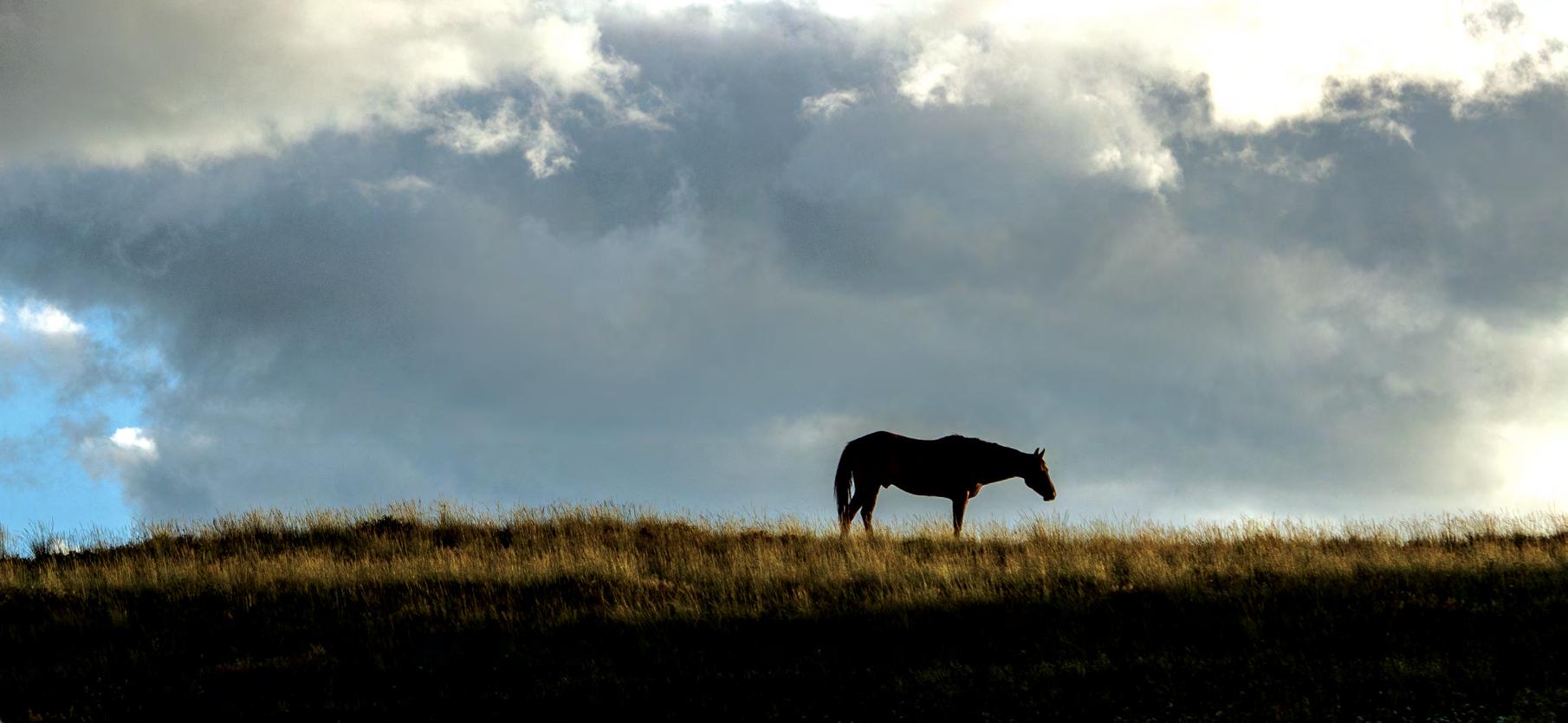
Proust, speaking of World War I, writes of the “unchanged antique splendor of a moon cruelly, mysteriously serene, which poured the useless beauty of its light on monuments that were still intact.” Note the similarity between this passage, Verlaine’s poems about nature’s pathetic fallacy, and Debussy’s robust pointillism which springs from such despair.
In 1905 the impetus to war was building, the tensions palpable, especially to artists. So in the glimmer of Debussy’s mysterious moon, borrowed from Verlaine and shining on outmoded monuments, a passé scene which exists to this day in Paris, can be found death, meaninglessness, and implacable human hatred, all of it tucked neatly away behind the serenity of the statuesque chords and moonbeam arpeggios, rolling in the bass the way they slant similarly in the trees, as if arpeggios are Debussy’s optimistic shorthand for night filtered through leaves. From the dearth and penury of Verlaine’s world comes Debussy’s comfortable affirmation.
Debussy is writing his old-fashioned harmonies in the face of Stravinsky, of armed juggernauts massing which will destroy the notion of universal good will, of national harmony, so it is no wonder that a catchy tune had become an anthem for drunken sailors in Viennese seraglios, not a truth which an intellectual could take seriously, as it had been earlier for Mozart, Liszt, Johann Strauss, and
Brahms, who spent his young years playing background music in just those brothels. Later on, Bartók, Dvořák, and Smetana restored folk music to its position as the root of serious music, again in answer to the question, where do melodies begin?
My teacher used to say you had to play Scriabin to understand Mozart. That is, you had to know what chain of diabolical creation Mozart inspired in order to understand what was, to the great minds that followed, silently obvious in his seemingly naive melodies. And so, suspecting what was coming, Debussy may have been aware that he was celebrating the past even as the world was losing it.
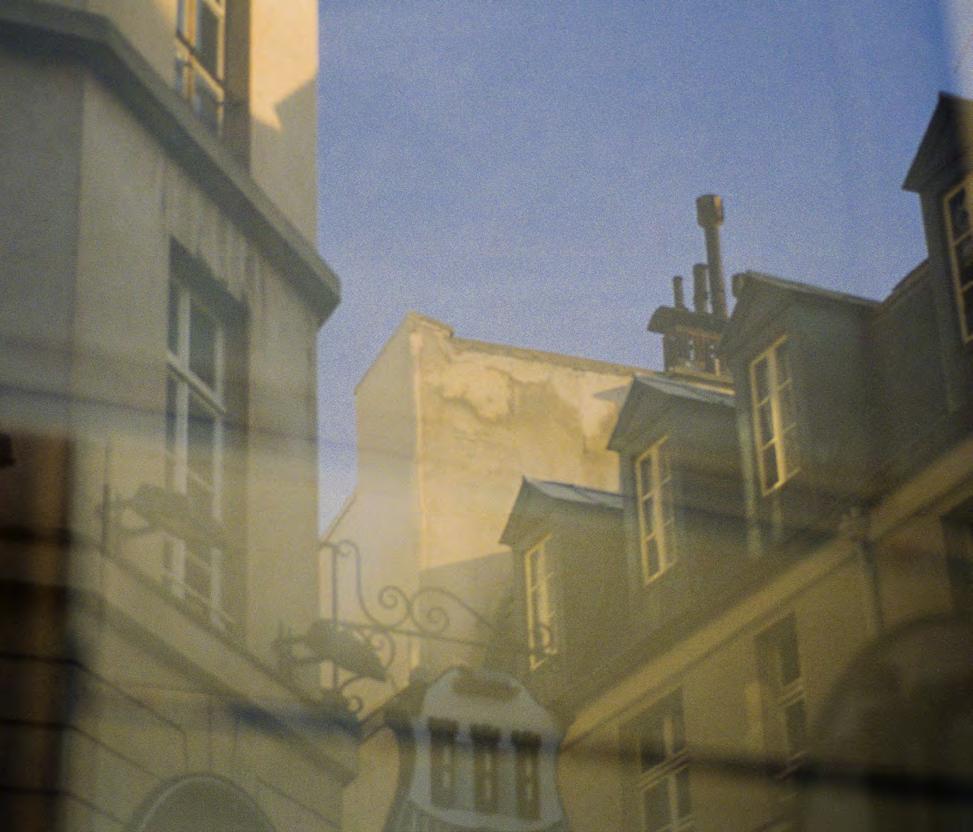
Certainly he was accused of being a recidivist, someone who was dredging up melodramatic overwrought ancient techniques out of fear of the modernity which surrounded him. Stravinsky was writing music that would change the world at the same time as Debussy was writing old-fashioned forms like sarabandes.
Of course we now realize that Debussy’s harmonies were unique, that geniuses often better the achievements of the past by redoing them with hindsight, and that a great macabre irony existed simultaneously with his music’s childlike facade. You have to learn history and music backwards. Schubert’s dances in his final sonatas, Strauss’s Also Sprach Zarathustra are dances of death, as is Debussy’s soft lunar wind stirring the trees of revolution, an emotion the French had after all invented.
The pieces Debussy composed from Verlaine’s Fêtes galantes come at the beginning of the maelstrom. They hide Boulez and Schoenberg under their marble skirts. Familiarity has overexposed Debussy’s brief patch of moonlight in “Clair de lune” like an infrared photograph, precisely because it is the premier example of silence in music, of the absolute stillness to be found in the pools of D-flat starlight, its opening thirds surrounded as they are by the space and calm of balmy summer night.

Chords in Debussy materialize out of the dark, that void which preexisted existence, so that we are conscious of life before unconsciousness, the underpinnings of all life. As Richard II says, “Nor I, nor any man that but man is, with nothing shall be pleased till he be eased with being nothing.”
That is, until we understand the nature of the abyss, until we are content with perfect silence, we cannot begin to understand what each drop of rain might add. It is like the short story by Algernon Blackwood “The Reeds,” where terrified hikers by the Danube try to make their minds a perfect blank so a monster cannot focus on their thoughts. They find it impossible.
Paul Roberts (in his wonderful Images: The Piano Music of Claude Debussy) feels that Debussy must have had the dark moonlit landscapes of Watteau in mind as a texture which music might suggest. Debussy’s chords in all his pieces hang in the void, clinging to each other for dear life, because there is nothing else. Debussy achieves this effect by linking the notes together by slurs and other tricks, such as shared “flags,” the little lines that proceed blissfully up from the notes themselves. The notes begin to linger even after the next chord has entered. If you listen closely, you can hear a prior note suspended over a newer arrival. Chords linger beyond their musical notation, represented only by a single note tied by a slur line into the following measure.
The harmonies build until a small world of associations gathers like the shadows of dark branches on grey moonlit grass, and a crescendo is reached. But it is a reverse crescendo, because instead of a crashing climax, an immense, quiet, but vast octave echoes in the deep bass, afloat underneath the accumulated cumulus chords tiptoeing down from the sky, like lighthouses that silhouette the clouds: endless, soundless.
The subliminal and numinal structures of Debussy’s paraphrases of Verlaine’s Fêtes galantes creates in the assonances of music the dances between art and nature which Baudelaire described in his 1845 poem “Correspondances.”
Noam Chomsky, in his Language and Mind, developed the principle that there is a linguistic system which enables us to verbalize what we feel. Leonard Bernstein in his Norton Lecture Series, The Unanswered Question, has extended that “universal grammar” to include music. There are underpinnings in music that tell a story, whether or not the piece is purely structural, such as a Bach fugue, or has a romantic “program,” that is, a hidden story which notes imitate onomatopoetically, such as a legend by Liszt.
Baudelaire wrote “Correspondances” several years after Chopin wrote his nocturnes, but the relativity of all things was in the air. Liszt was writing his musical portraits, the Transcendental Études, at this time. Baudelaire felt that nature was a forest of symbols, which we traverse through the techniques of poetry, wherein words expand on already infinite objects.
Mallarmé’s 1876 poem “The Afternoon of a Faun,”stressed the similarities between language and music, to the point that certain lines are there only for their music, not their sense. My essay “Music and Poetry Coupled” discusses the similarities of Debussy’s 1892 musical version to Mallarmé’s original poem. The abuse of free association in describing music linguistically led to austere German theories of pure form, such as Goethe’s novella Elective Affinities, in which all judgmental descriptions were removed, leading to the French nouveau roman. We have continued to eviscerate the emotional roots of music, and have developed performance practices which are frequently bowdlerized, censored of their compositional inspirations, at a great loss.
As Mallarmé said, writers must take music away from the musicians and bring it back to its true source, the intellect.
So Debussy’s chords, which remind me of Marcel Duchamp’s Cubist painting Nude Descending a Staircase, are photons and fragments of broken light scattered through trees which limp gently down the staircase of the sky. These chords are the sound of silence, the representation of what noiselessness might sound like.
When the drum strike of the bass sounds, the treble moon springs from it instantly, as if on the rebound, a kind of sprung rhythm, so the extreme bass seems to leap up into the heights, the high notes springing up from the low note, Eve created from Adam’s rib, the whole reach of the piano linked together by the staggered rhythm of bass and treble.
Music has a deep, unconscious structure which becomes more than a scaffolding on which the meaning of a piece is hung: the scaffolding dictates and becomes the meaning, as the accidental events of our lives often become elements which shape our ends. A haphazard kiss becomes a marriage, a gesture becomes a lawsuit, a flick of the wheel kills.
By describing such random coincidence musically, and by demonstrating how its importance emerges, music is telling us a story as much as any Greek drama: it is a parable from which we can derive our own rules, if we can only understand the language.
Rather than a tale told by an idiot, it is a clue hidden by a genius: these hints can change our lives, if we can find them. They pass in the music in a second, but the pianist has to memorize them and understand why the rhythm changes, so days may be spent on such transient detail, and we have to ask ourselves why Debussy should have written it that way, and gradually a philosophy unfolds, disguised over the years in simple notations, like a dead language discovered by children.
According to Paul Roberts, Debussy by 1905 had become aware of the darker aspects of life and his own music (as we all are by a certain age), so anger at the failed ideals of youth was a theme he felt his pieces conveyed when he rewrote earlier versions later on in 1905. In a Proustian way, the very act of naming his failure was his path out of it. Debussy conveys that disillusionment subtly (as does Verlaine),
swathing its wounds with moonlight, invoking the wistfulness of youthful hope and promise, and then letting the light sink or slink away.
Bibliography
Images: The Piano Music of Claude Debussy, Paul Roberts, 1996, Amadeus Press, Portland
The Vertigo Years: Europe, 1900 – 1914, Philipp Blom, 2008, Basic Books, New York

Like all his great compositions (“Clair de lune,” Sarabande, “Rêverie”), La Fille is as simple as a mythical country girl, made up of essentially two chords, which are broken into their single notes as well.
The piece was inspired by a poem by Charles Marie René Leconte de Lisle, one of his Chansons écossaises from his 1852 collection Poèmes antiques:
Sur la luzerne en fleur assise, On the hay in flower lay— Qui chante dès le frais matin? And sings of morningreen— C’est la fille aux cheveux de lin, Just my flaxen dancing queen, La belle aux lèvres de cerise. Beauty with red lips of the day
L’amour, au clair soleil d’été, My love, clear sun of summer, Avec l’alouette a chanté. As the dawn birds say.
Ta bouche a des couleurs divines, On the growing grasses do you care
G-flat 3:57
Ma chère, et tente le baiser! Your mouth a goddess, Sur l’herbe en fleur veux-tu causer Dear, demands a kiss—
Fille aux cils longs, aux boucles fines? Long-lash girl with silken hair?
L’amour, au clair soleil d’été, My summer love of the rising sun Avec l’alouette a chanté. Sings with the lark in the dawn.
Ne dis pas non, fille cruelle! Don’t say no, cruel dove! Ne dis pas oui! J’entendrai mieux Don’t say yes! I’d rather sip
Le long regard de tes grands yeux Forever from your red lips Et ta lèvre rose, ô ma belle! And your big eyes, my love!
Adieu les daims, adieu les lièvres
Adieu red guinea hens! My doe,
Et les rouges perdrix! Je veux Forget the deer, forget the hare, Baiser le lin de tes cheveux, I’d like to kiss your flaxen hair, Presser la pourpre de tes lèvres! And the purple of your lips below,
L’amour, au clair soleil d’été, Always, in the first sun of summer Avec l’alouette a chanté. After the nightingale’s sung.
I write this in what Adam Nicolson would call a sea room, the cold winds blowing off the endless ocean outside and rustling the room like a constant fan which, however, when I look at our own tropical imitation of that cosmic fan, is mostly stationary, pushed into lazy action only by the natural condition of air it emulates at the insistence of thermally inspired electrons. It’s a pathetic fallacy to suppose that our own life (and its mechanical appendages) in any way approaches the vast blades of the atmospheric river which sets the winds and the seas in motion. And yet we try not just to imitate oceans, but to become them.
Hélène Grimaud writes of always needing to be “within earshot of living water, legato, rubato...,” the way waters laps a capriccio, molecules linked in an endless river, but then slowing down and speeding up, stealing time from here and making up for it there, but freely, without calculation, without the fussy capitalism of arithmetic, but with the forgiveness of wind, proceeding at its own blustery pace, now soothing, now gusting, always compensating to allow the steady exchange of the same amount of air around the globe, the life-giving flow of the same amount of water, mutating into different shapes, whether cloud, or stream, trickle or cataract, moisture suspended in air, steam evaporating water into alternate states of matter, so that both water and air flow with the music of the spheres: elastic, inevitable, but also stable, maintaining the status quo of the universe by catching up or slowing down, like tempos breathing with the music.

Some inflexible German machine, some celestial metronome, may dictate how the story unfolds in the long run, as chaotic patterns in a running faucet follow fractal rules not immediately apparent to our washing hands, but, like fingers parsimoniously handing out morbidly accurate scales in subservience to a brutal god with a train schedule for a heart, these waterfalls and fingerfalls substitute the smooth curve of the universe seen at great distance for the sheer confusion of any of its details, replacing the boiling maelstrom inside the pot with its calm iron exterior, like some robotic astronomer aligning the disturbed drafting curves of van Gogh’s starry night to a mediocre grid, or stuffing his madness into an urban plan of geometric street lights.

We often cease our explorations into the uncertainties of existence after discouraging encounters with the unimaginative math of grade-school pedants, but we are wrong to stop at easy answers to impossible questions. Certain people would rather the loose ends be tied up right now, all problems solved, all plots finalized, all segues diagrammed, rather than having metaphors suggested by poetry lead us down the rabbit hole into vaster dimensions and new questions. Take your choice:
robomusic, or the skitter and scramble of bongos; tearoom music of the prim afternoon or the gypsy Scrabble of the possibly empty night. Even that social leveler, the suburban yardstick of the waltz, allows its corseted strictures to be pushed and pulled, because musicians instinctively know that charm comes from the quirks, the accidents, the empty boxes where we expect to find pencil marks, the flaws, the uneven flows of the human heart.
As Paderewski said of time:
There is no absolute rhythm. In the course of the dramatic developments of a musical composition, the initial themes change their character; consequently rhythm changes also, and, in conformity with that character, it has to be energetic or languishing, crisp or elastic, steady or capricious....
Paderewski makes another wonderful comment:
Some people, evidently led by laudable principles of equity, while insisting on the fact of stolen time, pretend that what is stolen ought to be restored.... The value of notes diminished in one period through accelerando, cannot always be restored in another by ritardando. What is lost is lost.
Music isn’t a simple equation, where stolen kisses must be replaced like flowers in a vase, like pennies stolen by reprehensible children from the cash drawer, so that the world is
perfect again. Criminals may intend in their minds to replace the funds they embezzle. They become fascinating to us when they fail; when they succeed, they do not exist; their crimes are erased by retrograde motion, successful instances of rubato replacing time in the drawer before anyone notices.
Proust feels that lost time can be recaptured, not through math but through art. We can reverse the flow of time with the nostalgia of music, or the perfect equation of words. A verse in poetry comes from the Italian and the Latin words for “flowing.” The universe is flowing in one direction. Of course, once Einstein comes along, we realize that time is curved in on itself, particles repeat in other dimensions, there are mirror symmetries, and time can be recaptured in other dimensions. We are blinded to the larger patterns by what Nabokov calls the “frenzied corpuscles of Krause.”
We stop too soon at adolescent answers to discover the tolerance, the flexibility built in to more complex M-theory or quantum mechanics.
The metronome is the great enemy of complex music; its unforgiving schoolmarm ruler-on-the-knuckles school of singsong scales and slavish rote has gone a long way to remove classical music from the souls of our children, who have by default sought out tangos, rhumbas, ragas, riffs, the more human pulse of less stringent forms. Those who would breast the copycat routine of their high school music masters should sit down by a stream and watch it eddy, trickle, splash, purl, and ripple, among other tricks.

Water fascinates us because it doesn’t repeat itself. Water is a portmanteau word which conjures up to the dull a static basin of standing soapy brine, and to the romantic a stormy sea awash in spouts and spray. Water as a word may connote one simple essence, such as might be contained in a glass; but the reality of water in nature is a more rambunctious amusement park of chutes, rapids, and waves, jeux d’eau, or water games.
Composers have been trying for quite a while to describe water’s indescribable fury, its delicate murmur and drip (Debussy’s Reflets dans l’eau), its demonic rage (Debussy’s Jardins dans la pluie), the Walpurgisnacht of storm (Mussorgsky’s Night on Bald Mountain), gondolas lolling in the canals (Mendelssohn’s various gondola songs; Liszt’s and Schubert’s Hungarian Melody, Alkan’s Barcarolle), saints walking on water (Liszt’s St. Francis de Paul Walking on the Water), fountains drizzling and trilling (Liszt’s Les jeux d’eau à la Villa d’Este), tides swelling and breaking (Chopin’s “ocean wave” étude), or the infinity and silence of steps or steppes in the snow (Debussy’s Des pas sur la neige; Rachmaninoff’s G-sharp Minor Prélude, the first movement (Barcarolle) of Rachmaninoff’s Suite No. 1).

Some water pieces use the pretext and rhythm of a gondola song to arrive at more complex ends (Chopin’s only and Fauré’s many barcarolles), the way Tom Stoppard uses the cliché of an Agatha Christie murder mystery to present deeper issues in The Real Inspector Hound.
As Feynman did, the only way to discover the more intricate nature of particles (or pieces) we thought we knew is to start from the beginning, to change the rules, to relive our childhood in the language of adults. To infer a typhoon from the tremor of our wooden fan.

“Passepied,” Suite bergamasque (1890) F-sharp Minor 8:10
O ver a walking bass (shades of the eccentric Doctor Lavine, the boulevardier of the Champs-Elysées), the awkward Pulcinella is a gawky non sequitur, his intrusions on the steady bass untimely. He is a top-heavy, melodramatic chicken (father of Mussorgsky’s unhatched chicks). Harlequin and Pulcinella are the two main characters of the commedia dell’arte which originated in Bergamo, from which we get the Bergamasque Alps, and also the bergamasque itself, the duplicitous dance of the puppets.
Or maybe “Passepied,” a portrait of his girlfriend, Pimpinella, an ugly-duckling Papagena, her small gestures mismatched to the music, almost Stravinskian in their near discordance. She is a dance of discordance. Her sighs appear, discombobulated, oblivious to the accompaniment she is meant to sing with. A syncopated tremolo wavers above a sad bass.
But finally she manages to coordinate her timing and sing in tune with the band, a plaintive squeaking doll, less spasmodic than Rachmaninoff’s 1892 song “Polichinelle,” but sharing a briefer version of his lyrical, empathetic Russian midsection, where we share in his longing to be the hero of his own dance, to be at least Harlequin. (Although Debussy wrote the Suite bergamasque in 1890, he revised it until its publication in 1901, so he had time to be aware of Rachmaninoff’s treatment of the same theme.)
Rachmaninoff inserts a brief cadenza at this point, and so does Debussy, in a more pared-down, less virtuosic fashion, both keys being in C-sharp and G-sharp, completely outside the simple puppet-show world of the dolls, possibly a Nabokovian flourish, the author’s impatience with his creations. Pulcinella is known for his flashes of temper, and so this brief outburst, although from a different planet, is in keeping with his stage persona.

After the storm comes an abrupt calm, without any introduction or modulation. Beethoven developed the impetuous technique of just going where he wanted to, without any explanation or warning, and Liszt introduced the concept of telling stories with music.
Debussy uses both techniques in precipitously introducing the yearning song of the puppet, now in D-flat, the deepest and most sympathetic of keys. A gentler cadenza climbs up to the top of the stage, where puppets often end up, and Pulcinella’s initial inept theme is now played beneath arpeggios. It has been accepted into the Punch and Judy show, and is now one with the rhythm.
The sighs repeat but are now blended into the flow of the steady bass. The yearning repeated-note theme recurs,
integrated into the pulse of the music, into the pattern of this small, burlesque world, and Debussy’s dreaming modulations, chords broken into single notes, modulate into the initial melody. Note how suddenly Pimpinella has been allowed to mature, the way actresses become more attractive as the movie progresses, hair in place, more beguilingly made-up. Instead of gawkily interrupting the tempo, she now suavely sings in time with it. Debussy lets her modulate softly, demurely. But suddenly she can modulate! In the modern world! Debussy is harking back to the strict rules of the classicists, where God was in his heaven, good behavior was rewarded, and there were no grey moral areas. Pimpinella has been transported into a kinder era, into the temperate climates of Bach and Haydn.

Wistful arpeggios climb to a false conclusion, then try again in a better key and now in an open F-sharp, the home key, with the middle notes missing so that it’s neither major nor minor— no decision has been rendered as to the outcome of Pimpinella’s future. With one final, ducklike flap of her wings (but now with the graceful wings of a swan), she is allowed her final resolution, a dominant arpeggio in B leading to three tonic chords in F-sharp, again—not judgmental, neither minor nor major, putting an end to her brief time on the stage.
She is resolved, neither doomed nor saved. Her case is made, but we worry she might not be okay.
This is the end of the Suite bergamasque, of Debussy’s day in the Dolomites, and it sounds like night has fallen on the alps, first with “Clair de lune,” now with Pimpinella’s dance into night. (I talk about “Clair de Lune” at some length in Volume 1.)
The key of “Passepied” has historically been called minor, even though the middle notes are missing that would determine the character of the chords, simply because the earlier part of the brief dance has enough notes to paint a sad picture of this lonely puppet girl. But then she perks up, as we sympathize with her captivity in the doll’s world of the theater, becomes appealing in D-flat and A-flat, and ends up dancing offstage to a life which, although not described by the neutral key of the music, we worry might be problematic. After all, she is just a doll. How can she deal with war, with infidelity, with betrayal?
Like Shrödinger’s cat, she isn’t dead or alive until we see her, and so she lives in suspension, in anticipation, of what Debussy, her prime observer, her chief fan, might have in store for her.
Debussy: “Passepied,” Suite bergamasque, No. 4 (1890; final version, 1905) 8:10
Because Debussy wrote the first version in 1890, he considered the Suite bergamasque to be one of his earliest, least crafted compositions. But at the same time, having been revised and published in 1905, it became one of his more considered works. It has both aspects.
It is named after the Bergamasque Alps, one of the most exotic wilderness areas of the wilderness between Italy and Austria, a subsection of the Dolomites. The alps were named for Bergamo, the home of Harlequin, the clownish antihero of the commedia dell’arte. In this Italian comic theater, logic is thrown to the winds and plots are mocked for being essentially insecure ways of organizing a disorganized world.

Skiing from Zermatt over the border at the top of the resort down into Breuil-Cervinia in Italy, fashions go from Bogner one-piece ski suits to people skiing in their undershirts, from reason to unreason. Italy was both the center of old-fashioned religion in the Vatican and the center of the rebellion against the logic of the social order.
A masque was a play; a play from Bergamo was a Bergamasque. The characters all wore masks, disguising their true natures.
Verlaine used the platform of the Fêtes galantes (galanteries were minuets, loures, or airs, small passing additions to the major movements of a suite, such as a sarabande; a galanterie in a royal court is a curtsy, a flourish, a bow that a courtier would

make offhand to indicate, pompously, his own availability as a lover; a galant was a knight, a hero, a flirt) to make the point that society has a parallel underworld, populated by misfits like Verlaine or Rimbaud who don’t want to conform to normal patterns of behavior. Verlaine took dance forms and used
them to create a musical form of language that operated outside of the classic forms of poetry like the sonnet. He called them incidental, trivial, galanteries.
Debussy used Verlaine’s poems as a platform to innovate beyond the traditional structures of Classical or Baroque music, creating a new musical language based on symbols or sounds, rather than structures.
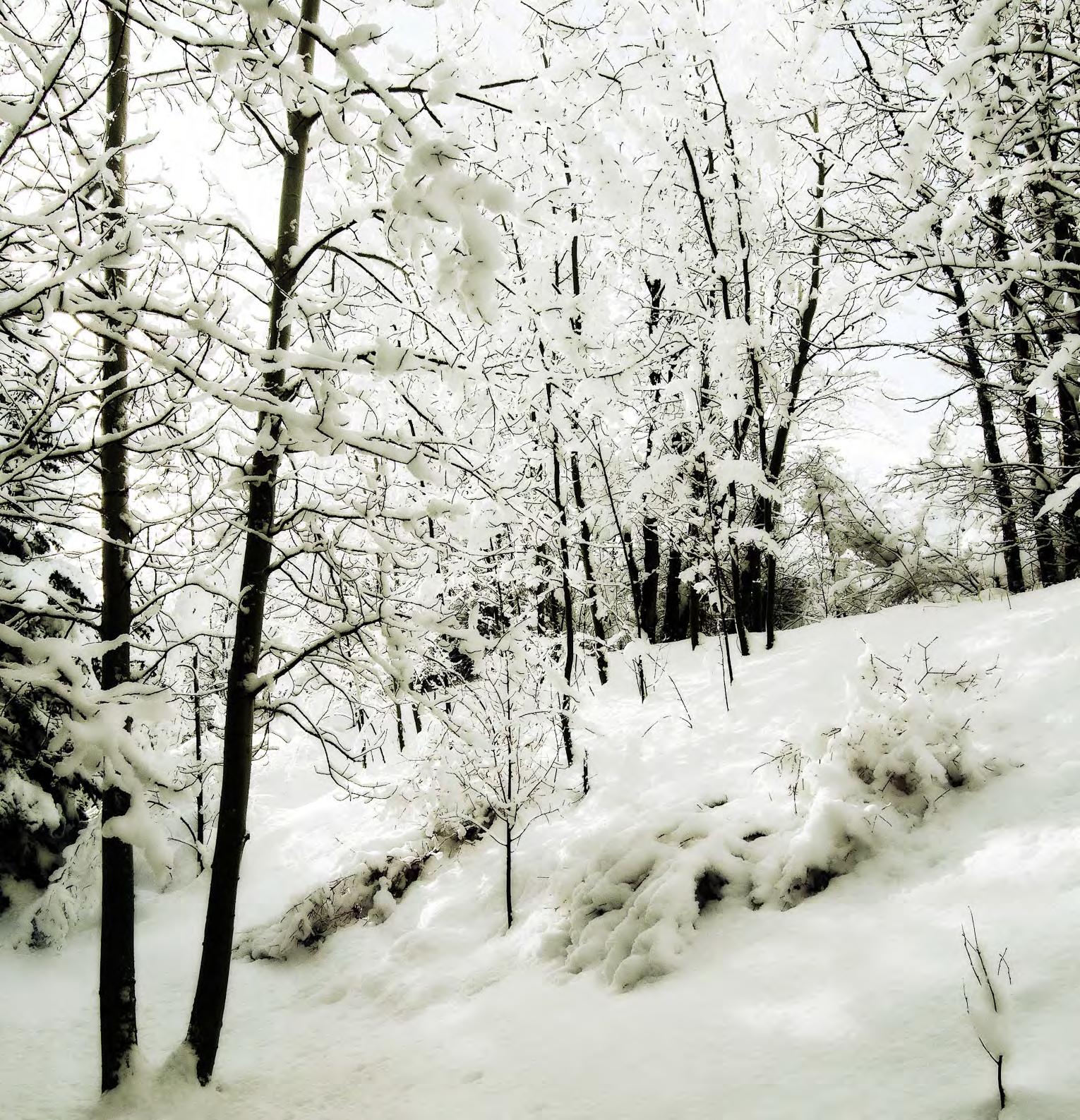
Chords, rather than modulating sensibly and lengthily into accepted relations like the subdominant or the relative minor, were free to jump into a parallel universe in ways that were shocking and exhilarating.
The Suite bergamasque thus becomes the fulcrum between old-fashioned Baroque suites such as Bach’s, with allemandes, courantes, bourées, and gigues, and replaces them with sensuous sarabandes and tangos, although still stately because the French court had tamed the Spanish influences into more sedate and witty interactions where clever footplay ( passepieds) provided the raison d’être for the music, the feet crossing, recrossing, and tapping on each other. Such forms of music were called galanteries.
Under Lully (who died from blood poisoning caused by hitting himself in the foot with his large conductor’s baton), the passepied was tamed into a courtly minuet.
Debussy makes the connection with a Baroque suite by beginning his Suite bergamasque with a Prelude and a Menuet leftovers from Bach, but then opening the suite up to program music with “Clair de lune” and “Passepied.” Verlaine’s poems in Fêtes galantes are a curious mixture of the modern and regret for the past. Like Debussy’s “Rêverie,” they paint dream world, longing for the 18th century, or even the 17th century.
Verlaine attempted to create ekphrastic poems—that is, poems based on music, on forms outside their own vocabulary. Along with Mallarmé and Tristan Tzara, he created a fictionary of
sounds, not sense. The music of words, rather than logic, provided the structure.
The madcap films of the 1940s, such as Howard Hawks’s Bringing Up Baby, Monkey Business, and His Girl Friday, abandoned logic as a plot device. The plots were driven by random jokes and non sequiturs. Life during the Depression and the Second World War was damning if there was a reason for any of it. But if logic was abandoned, the pressure was off. Suddenly, in a crazy way, life made sense.
This was true for the Symbolists as well, whose attempted escape from society led them to Gauguin’s synthetic South Seas, and to a focus on appearances which led to Impressionism, Cubism, Futurism, Dadaism, and Surrealism, and later to nonsense films. What’s New Pussycat, from 1965, improvised and written the night before by Woody Allen and improved by Peter Sellers the next day, and the Beatles films, especially Richard Lester’s A Hard Day’s Night, were modern forays into nonsense, as a means of escape from the Vietnam War, from oppressive wartime rules. Wilde’s The Importance of Being Earnest in 1895 was about nothing at all, the perfect segue from the Edwardian frivolity of the 1800s to the existential angst of the 1900s. Nothingness simply took on a new urgency. Unacceptable utter nonsense had become the socially acceptable theater of the absurd.
The way to escape from illness, despair, isolation, disillusionment, the psychological anguish of modern “psychic” life, was by ignoring it by talking nonsense.
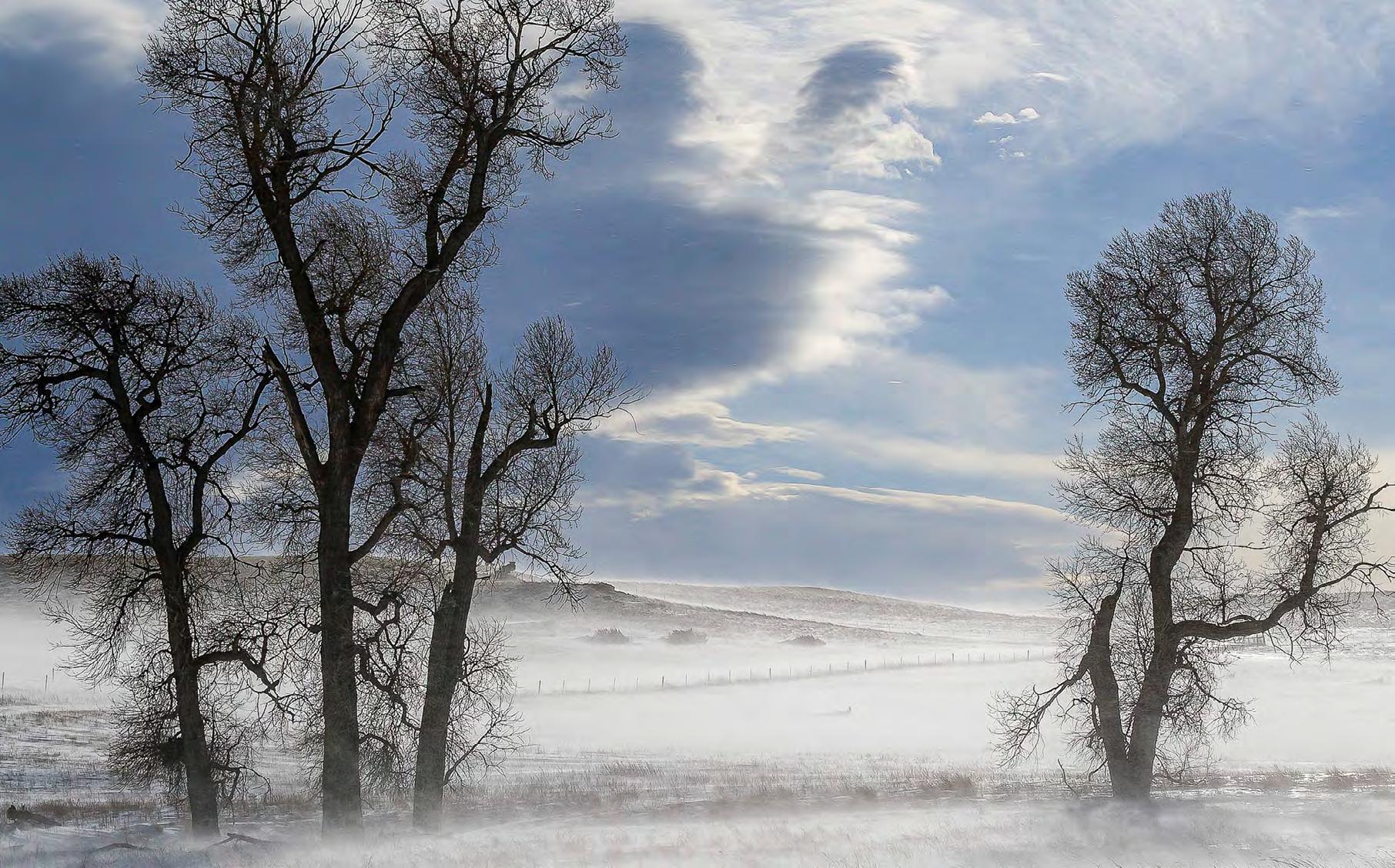
When “la ronde,” the dance of life, slows down, it gains in lyricism and passion; its small details become human, rather than mechanical. It moves from a music box to a stately pavane (“Pavane” was the original title of the piece, which Debussy changed because of Ravel’s gorgeous and mournful 1899 “Pavane for a Deceased Princess,” and possibly because of Fauré’s “Pavane,” published in 1901). Gestures become gallant, as in Verlaine’s “galant parties.” The cotillion opens up. It is no longer a gambol, a cavort, but a threnody, a lament, filled with echoes of a deeper past, shadows of leaves cast by the moonlight. The dalliances of Verlaine’s Belle Époque dancers are thinly traced, silhouetted, erased by the languor of the moonlight. Along with Ravel’s and Fauré’s pavanes, Debussy’s reaches for an unreachable past.
My teacher, Russell Sherman, used to maintain that you couldn’t add color to the mix ex post facto: you had to add it gradually and stir it in while you were cooking. You couldn’t learn a standard scale and then improvise crescendo and accents in performance: performance is often muscle memory, and colors have to be baked into the primer, so they appear in passing when the brain is too panicked to remember them.
Thus a scale had to take on the colorations of the accents, slurs, and spaces around it, and be learned with those ornaments already on the wall. There was no such thing as a generic scale; each scale had to fit the piece and the place where it originated. What happened in the past, in learning the technique, would

therefore be present in the future. By understanding which future you wanted for a waltz, you could learn it in a way that ensured its future. The later effects that you desire cause you to change the earlier gestation of the piece so the effects will be present. A later event affects an earlier one, because your imagination of that later result causes you to change the present so it won’t or will happen.
So each technique is specific to the music it was invented for. You can’t throw in generic scale No. 4, or love potion No. 5, and expect it to work as a cameo, an episode, an outlier. It has to be invented specifically for that piece. Barthes would say that once technique has become slick it feels outside the piece, as Lang Lang’s technique often does; it’s an alien ornament which has been superimposed on a work, rather than proceeding from it. You want a piece to sound as if it’s growing from the first notes, being built in real time, rather than pre-existing and just cobbled together from rehearsed thirds and octaves.
Rather than sounding memorized, prefabricated, or crafty, a piece should sound ingenuous, unexpected, even last-minute, so it feels spontaneous. Pieces thus feel not polished or premeditated, but jagged and disintegrating, like the angles of the body in Nude Descending a Staircase. The goal is to be a bit gawky, like a baby giraffe, rather than calculating, facile, sleek.
Peter Halstead is a pianist, photographer, novelist, and poet. He studied piano with Russell Sherman in Boston, Irma Wolpe in New York, and organ with Charles Courboin at St. Patrick’s Cathedral, New York.
Peter and his wife, Cathy, are trustees of the Sidney E. Frank Foundation, the Tippet Rise Foundation, and the Adrian Brinkerhoff Poetry Foundation. They are founders of the Sidney Frank Digital Studio in the Rockefeller Library at Brown University, and of Tippet Rise Art Center.
A partial list of publications:
brinkerhoffpoetry.org
Sea Sun
Sublimation
A World Luciferined
Poems, 2015 – 2017
Poems, 2019 – 2022
Blinds
Poems of Earth
Face Your Dreams
Postcard Poems
Paris Poems I
Paris Poems II
Love Poems
Poems 2022-23
Tippet Rise Beginnings (in two volumes)
Prisms in the Air, Grenfell Press
Fluorescence (with Mark di Suvero)
Tippet Rise (Princeton Architectural Press)
Into the Window
A Winter Ride
Bug the Great
Excesses and Excuses
Sunken Cathedrals
Boatsongs
Sehnsucht
The Gift To Be Simple
Quiet FILM
The Yeti
Fissures in the Snow
https://indd.adobe.com/view/fd8e3a47-96bc-436d-b295d5329e1239bd
Snows and Songs and Ghosts
https://indd.adobe.com/view/8832c77a-95bc-444e-94ff69d0aa9a80ba
Wind Around the Stars
https://tippetrise.org/library/wind-around-the-stars
On the Rim of Time
https://indd.adobe.com/view/92e9cb20-6ac2-4377-86ab342f97110040
Learn more about the Halsteads and their work for poetry and the arts here.

The original tracks of this album were released on two discs, in SACD surround and Blu-ray 24/96, by Albany Records in 2010 as The Himalaya Sessions: Volume 1, Pianist Lost; Excesses and Excuses, TROY 1204, accompanied by a separate 129-page volume containing the notes.
The same program was also released as one of the first (and last) DADs, recorded on a Hamburg Steinway D, as The Himalaya Sessions: The Day in D Flat in 24/96, TROY 0358.
After four decades of supporting American classical music and contemporary composers and producing nearly 2,000 albums, Albany Records co-founders Susan Bush and Peter Kermani announced in April of 2024 that the New England-based classical label PARMA Recordings, which has produced more than 1,200 albums, has acquired Albany and its catalogue.
Cathy and I are immensely grateful to Susan and Peter for their friendship over these many years.
Copyright 2024 by The Sidney E. Frank Foundation.
Published by The Adrian Brinkerhoff Poetry Foundation
